|
Last week we had two special guest readers! We counted our way through a silly adventure with Mrs. Battad and Ten Apples Up On Top by Dr. Seuss. The silly characters did some acrobatic tricks to balance their apples. After reading this story with Mrs. Battad, students made their own apples and stacked them with their own reading goals. Mr. Viloria read the children Fox in Sock also by Dr. Seuss. Fox speaks almost entirely in tongue-twisters and Knox finally understands him in the end! What a terrific tongue-twister tale! Mr. Viloria then taught the children how to fold their very own fox origami. Here is a summary of what happened in our classroom: In Language Arts...
In math...
In science...
Reminders and announcements:
0 Comments
Here is a summary of what happened in our classroom:
In Langauge Arts...
In math...
Announcements and reminders:
In Langauge Arts...
In math...
In science...
Happy New Year! I hope everyone enjoyed time with family and friends this holiday season bringing in the New Year. Every start to a new year makes for the perfect opportunity to reflect on our achievements and set new goals. This is exactly what the children did. Going through this process is meaningful for the children as they are learning that they can track and monitor their progress and by doing this it motivates them to strive higher. Looking at their growth also allows them to self assess, set another goal, and make a plan to get there. Students set goals for reading, math, and they also set personal goals as well.
We had a special visitor from South Korea come and spend the whole day with us. Rogki got to observe what we do in our classroom. Even more exciting, we have a new student in room D103. We are all very thrilled to have Brooklynn as part of our Ohana!!!
Here is a summary of what happened in our classroom:
In Langauge Arts...
In math...
In Social Studies and Science...
The year sure does fly by when you're having fun! Let's recap the last two weeks. Thank you for all our Turkey Trot supporters. The students ran long and hard for all the contributions! The Hookele Ohana raised over $20,000. Thank you again for your generous donations to support student activities. I hope the Parent-Activity Day was as fun as it was educational and hope you and your child enjoyed this experience learning more about number lines. Thank you for the feedback from parent surveys. Here is a summary of what happened in our classroom: In Langauge Arts...
In math...
In science...
The one and only Mr. Frank De Lima, one of Hawaii's most popular and beloved, kid-friendly comedians, visited our school on Friday and shared a wonderful message about the importance of school, respect, and living a healthy and happy life. It was not only a funny, entertaining, and educational experience for the children, but also a nostalgic one for me! If you're born and raised here is Hawaii like me, you've probably seen Frank De Lima at school at least a handful of times. It was a blast experiencing it all over again with D103 students singing Peanut, Peanut Butter, Jelly and Buta Hunt.
CANDY, CANDY, Oh my! With Halloween recently ending, I know you must have a lot of candy around the house you're trying to get rid of. I sure do! Please refrain from sending candy to school with your child as a snack. Let's encourage healthier choices! We also want students to maintain their focus during instructional hours and candy will not help. Please adhere to our Ho`okele Welness Policy. Here is a summary of what happened in our classroom: In Langauge Arts...
In math...
In Science...
Reminders and announcements...
This week, pumpkin faces filled our halls dressed as some of our all-time favorite characters as well as some brand new ones too! It was amazing to see such variety and creativity. Believe me when I say...I could not believe my eyes! The children should be so proud. In Language Arts...
In math...
REMINDERS AND ANNOUCEMENTS
Here is a summary of what happened in class Our Safety Week was a huge success! All students participated in various drills that will help us know what to do in the event of an emergency. We safely walked over to our evacuation site (KHS). We stayed calm and walked together quickly, especially when crossing the street. During our lockdown drill, students remained calm and quiet. Students learned the best thing to do during an earthquake is to find cover under sturdy furniture using one hand to hold onto something sturdy and the other covering their head, stay away from shelves or areas where things can fall on you and as a last resort stand besides a wall. During I Wonder students watched a very moving video called 'Don't Laugh at Me' based on a story written by Allen Shamblin. This video inspired us to show compassion to others. Students made connections to the story. Then we made a circle of compassion to share how we can show kindness to others. In Language Arts...
In math...
In Social Studies...
REMINDERS AND ANNOUNCEMENTS
Here is a summary of what happened in our classroom:
In Langauge Arts...
In Math...
Reminders and Announcements:
With the advice from his friends, will Peter used Gorilla Warfare on his own Grandpa? Peter makes his first "attack." In the middle of the night Peter sneaks down into Grandpa's room to sets the alarm for 3:00 a.m. and leaves this note: People who steal other people's room, should not sleep well at night! Will Grandpa ever surrender? The children are enjoying this humorous, witty, and very suspenseful story!!! In Language Arts...
In math...
In Social Studies...
Reminders and Announcements
|
AuthorWrite something about yourself. No need to be fancy, just an overview. Archives
March 2020
Categories |
Proudly powered by Weebly
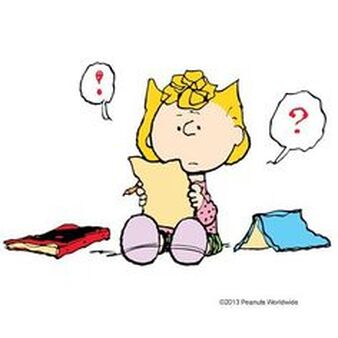
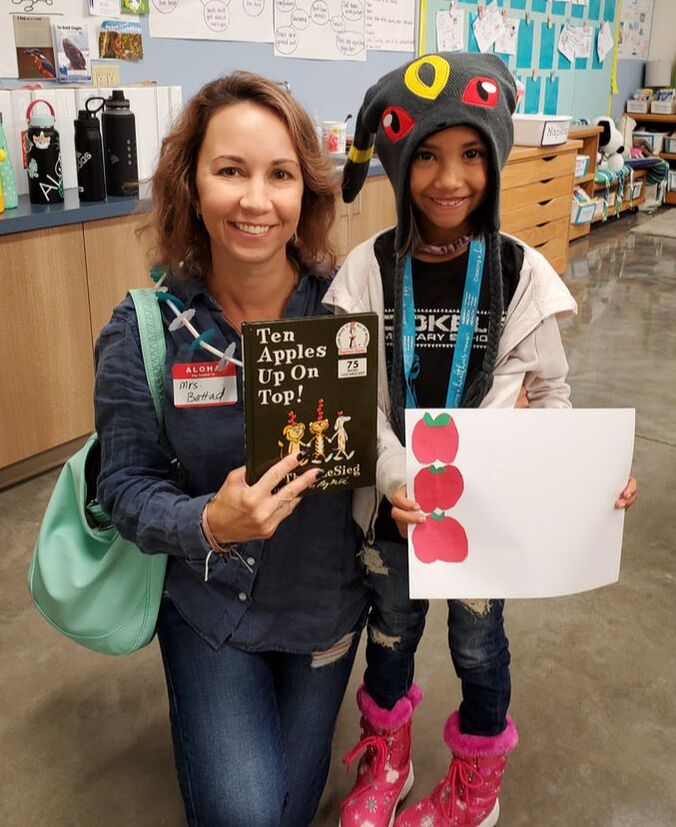
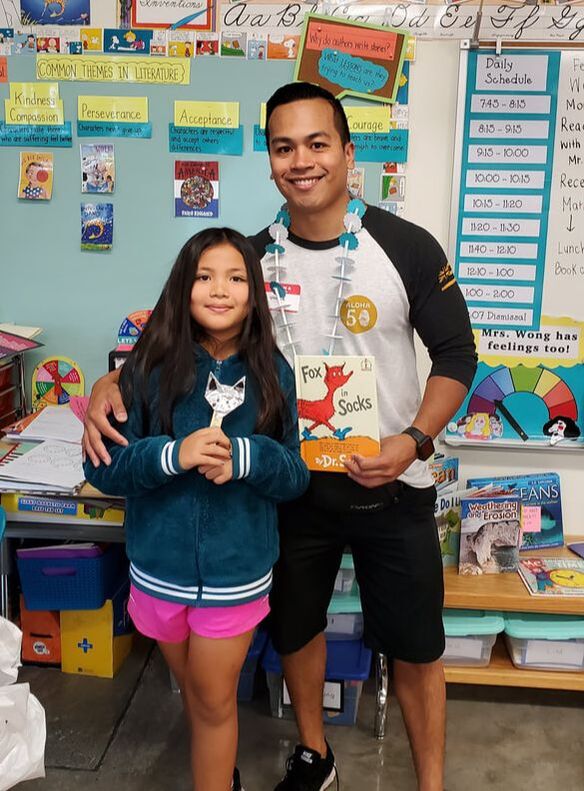
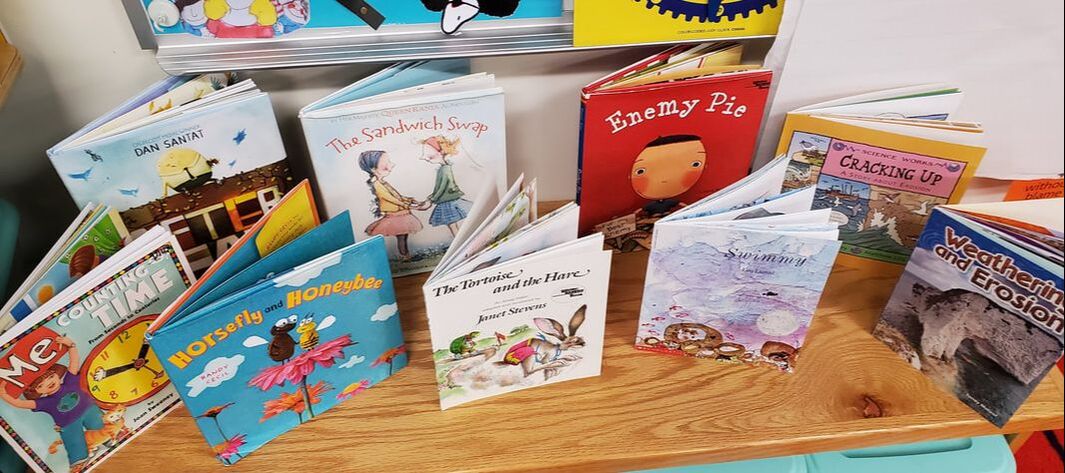
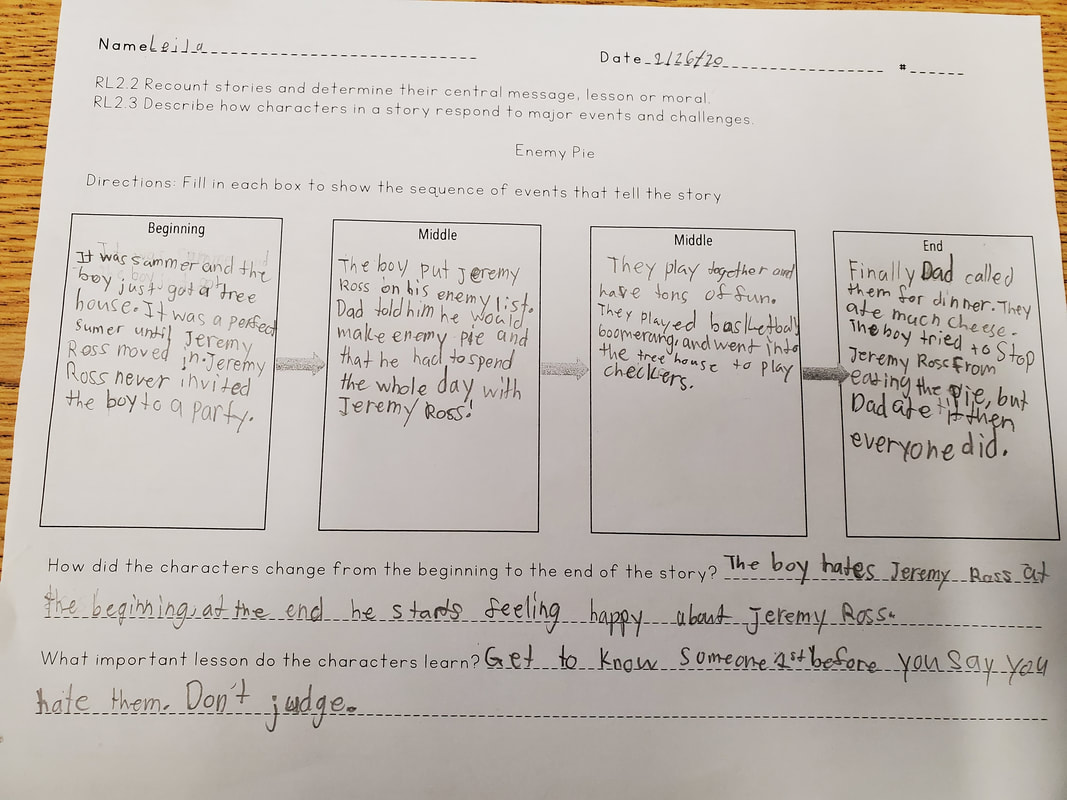
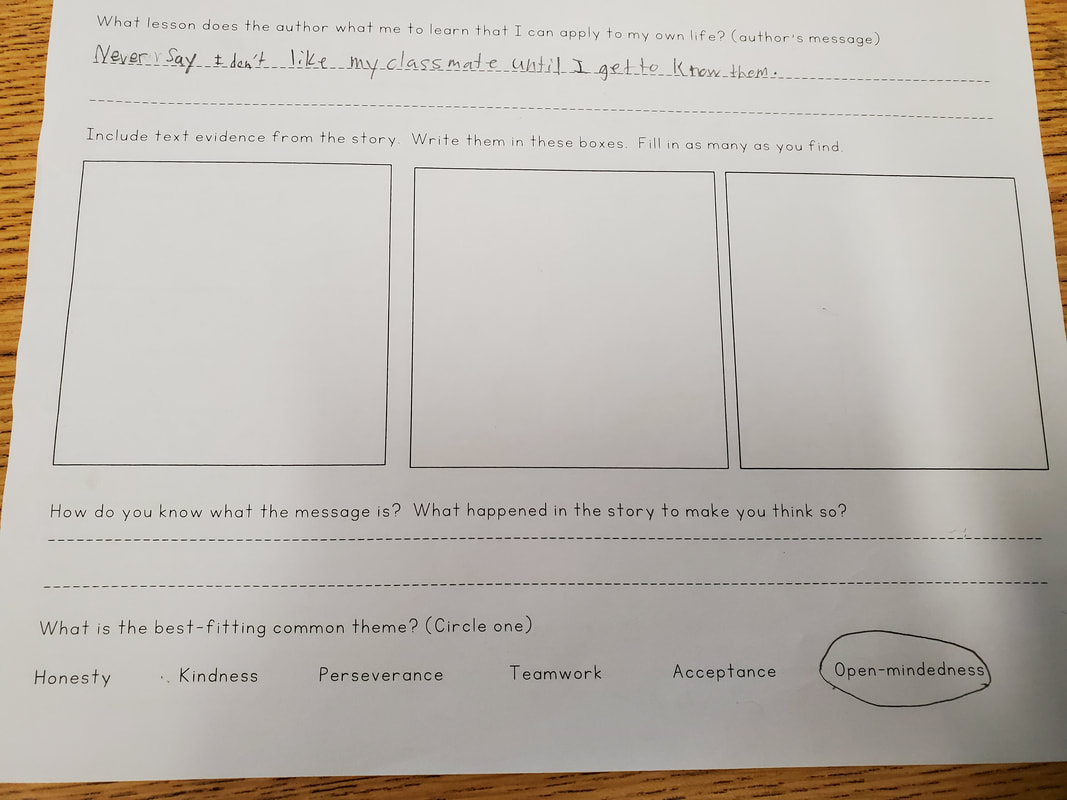
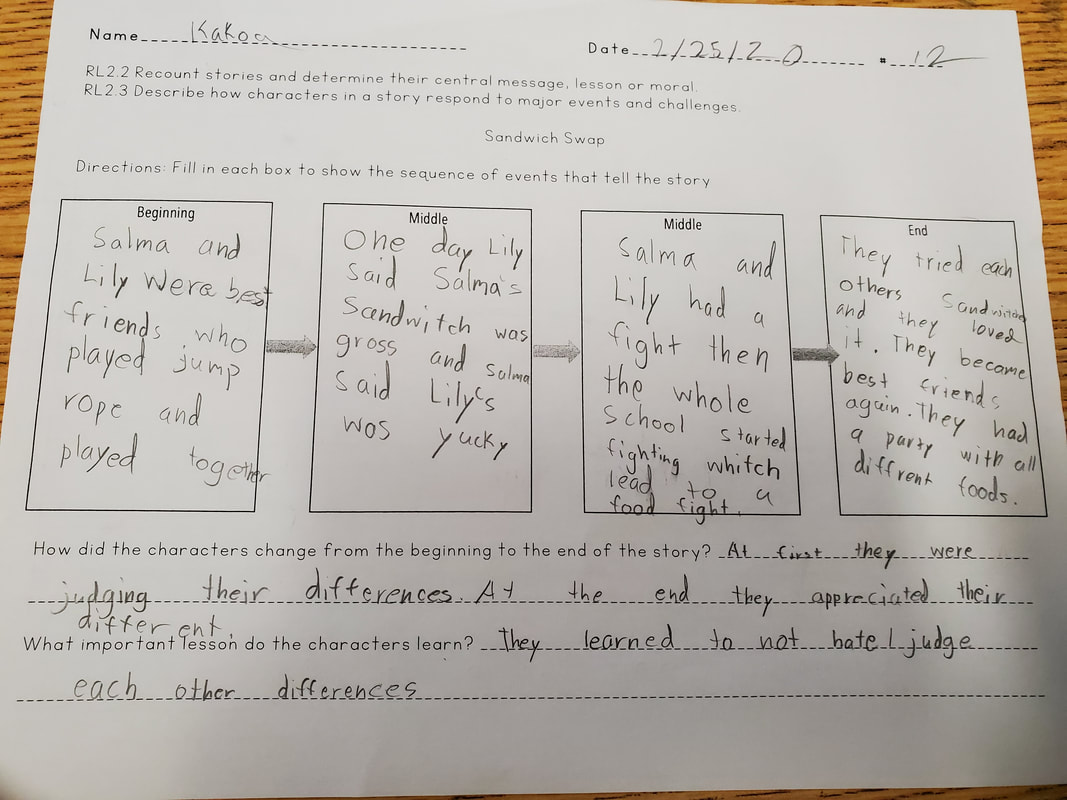
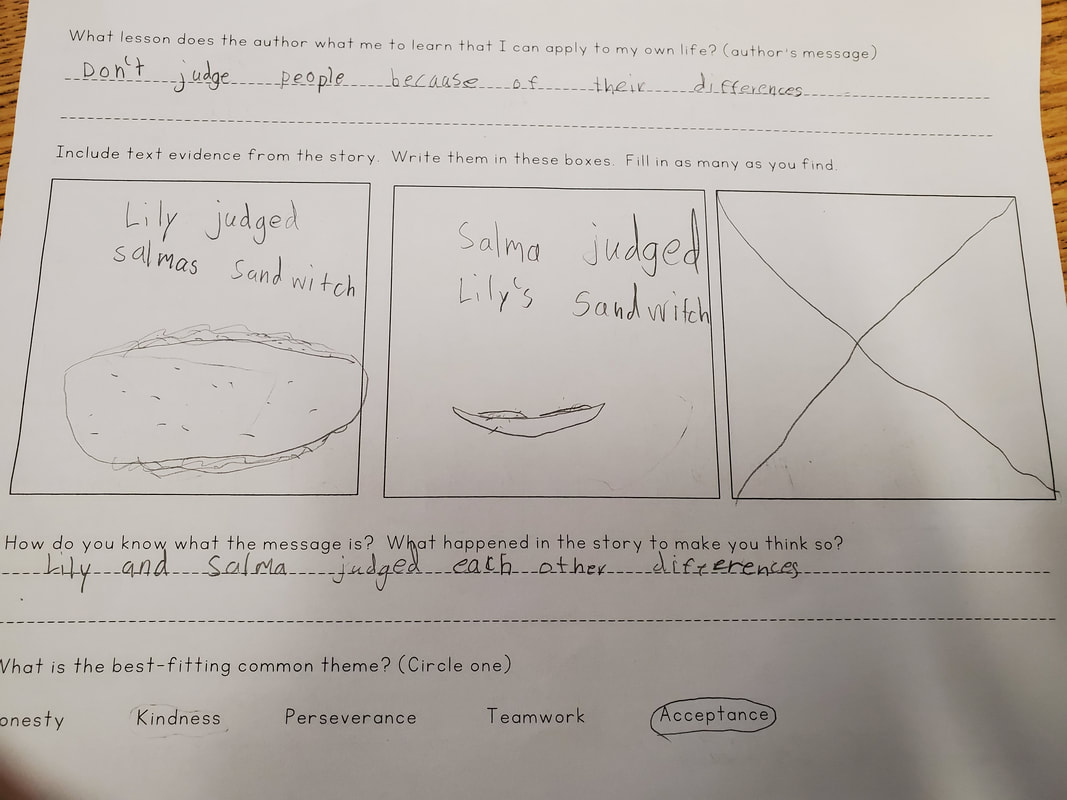
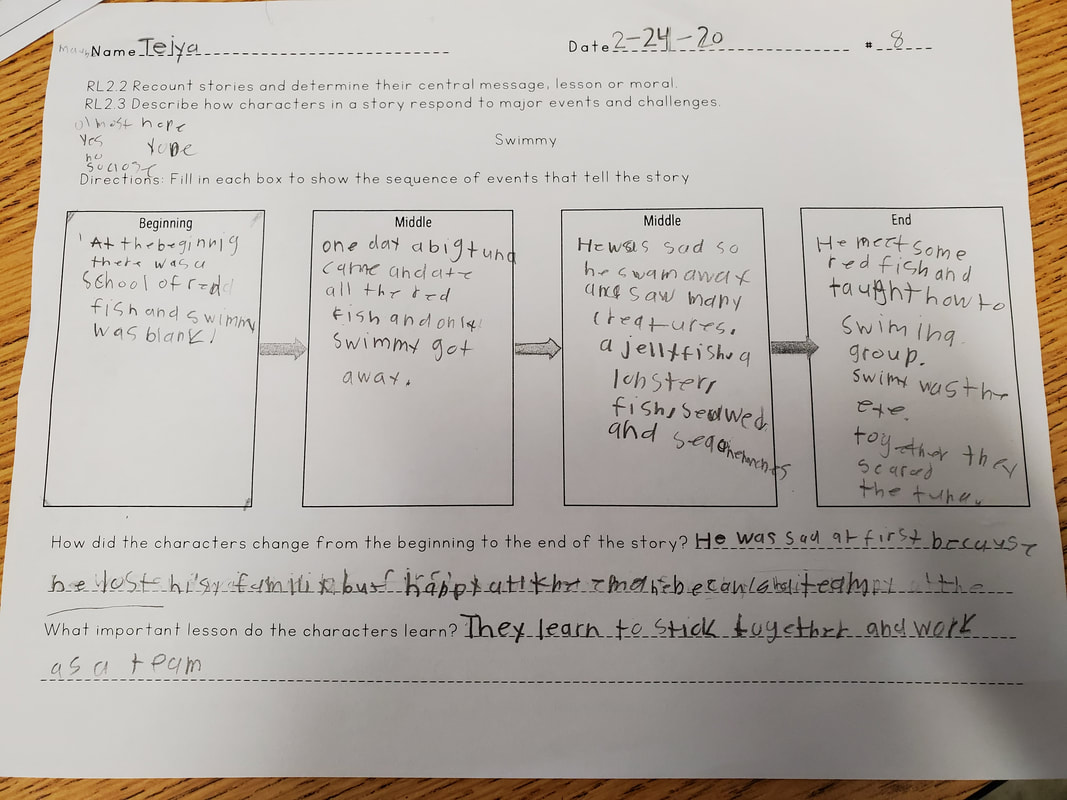
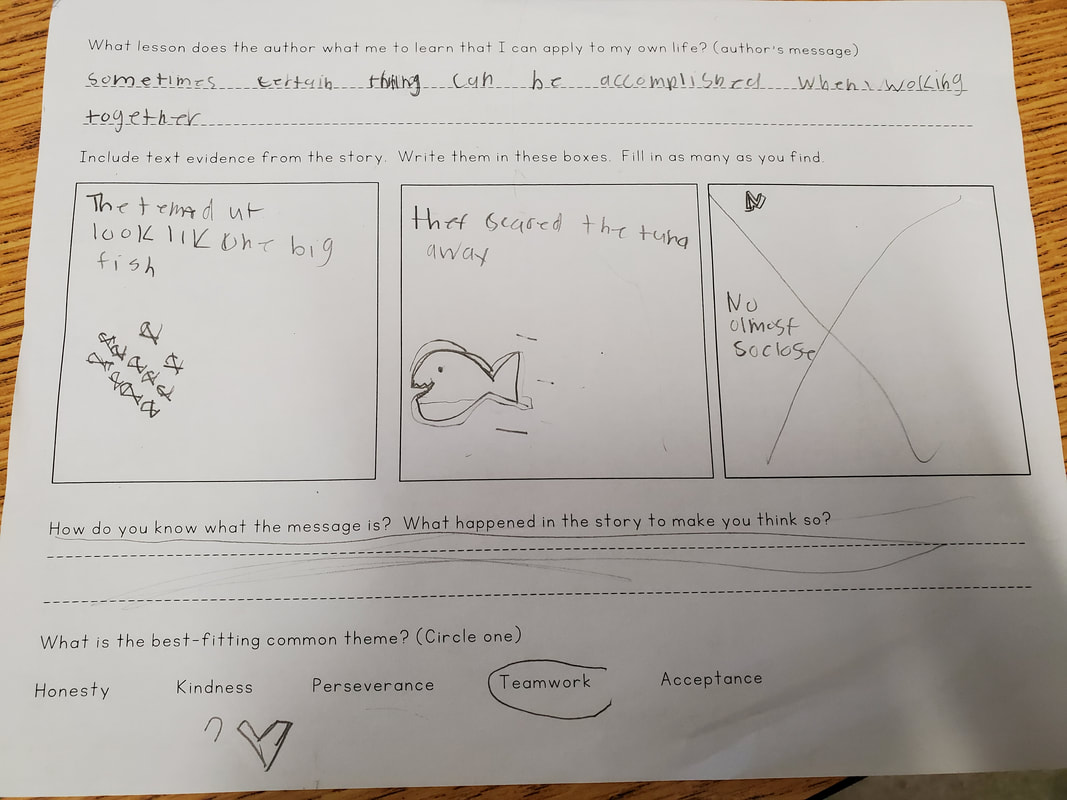
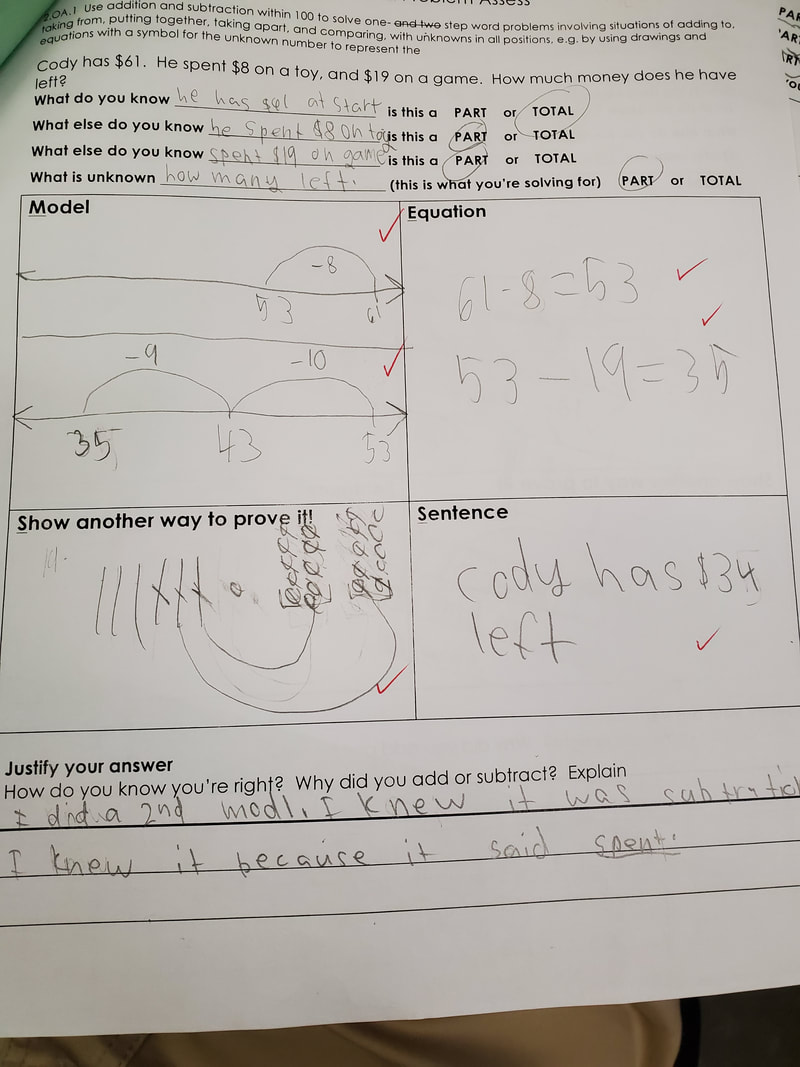
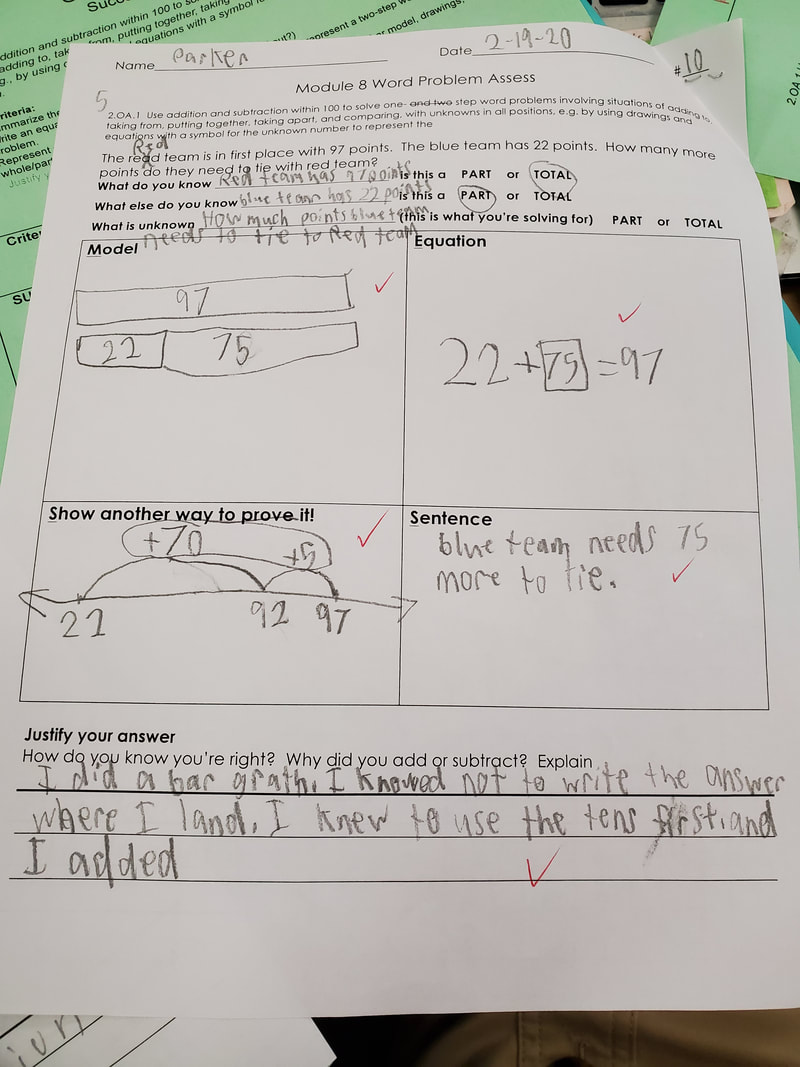
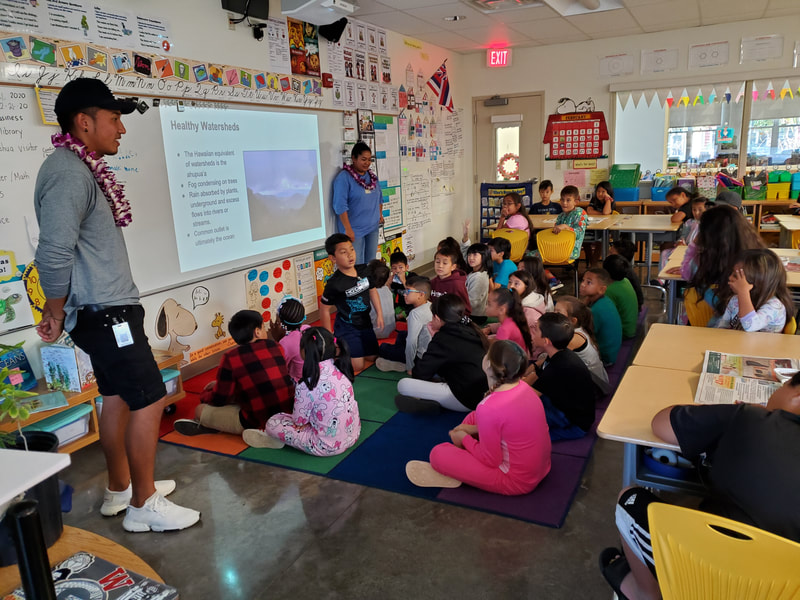
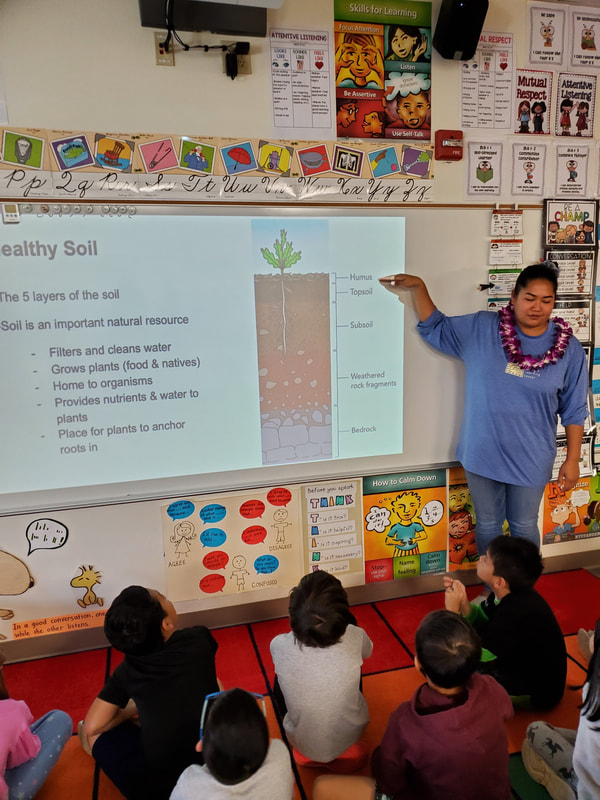
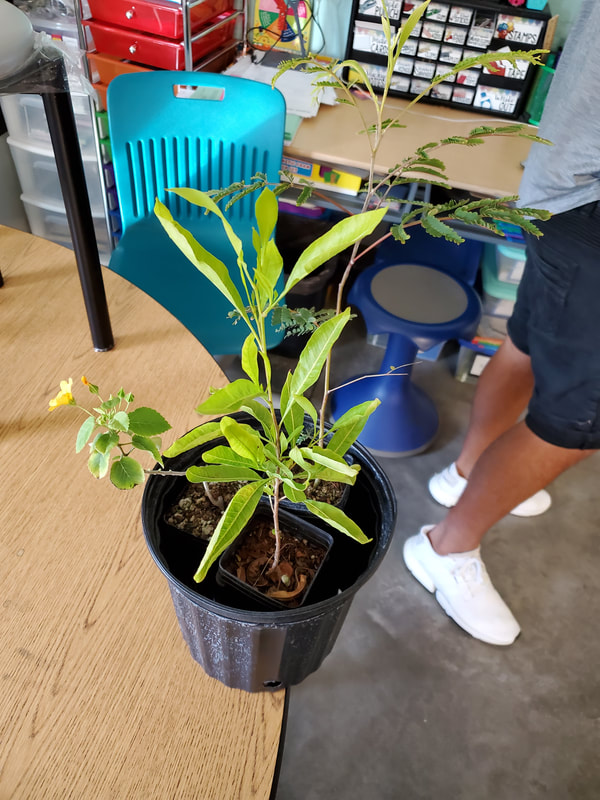
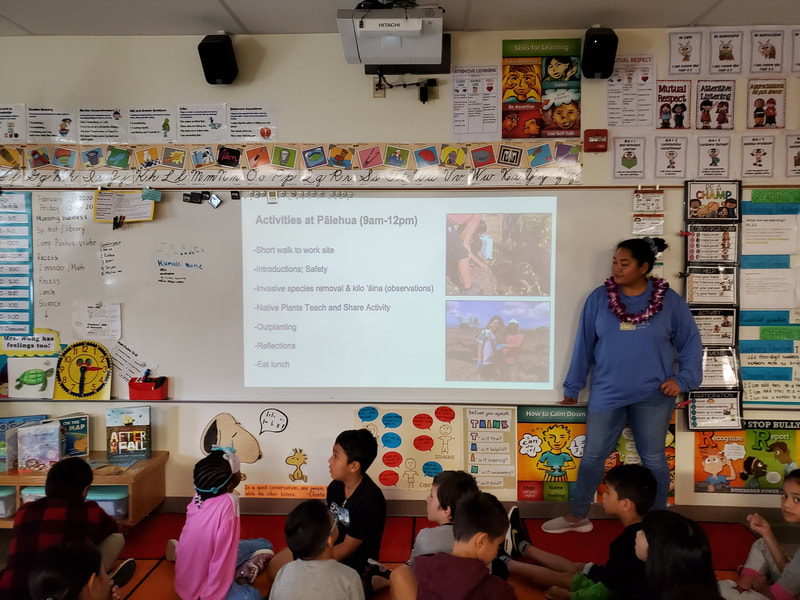
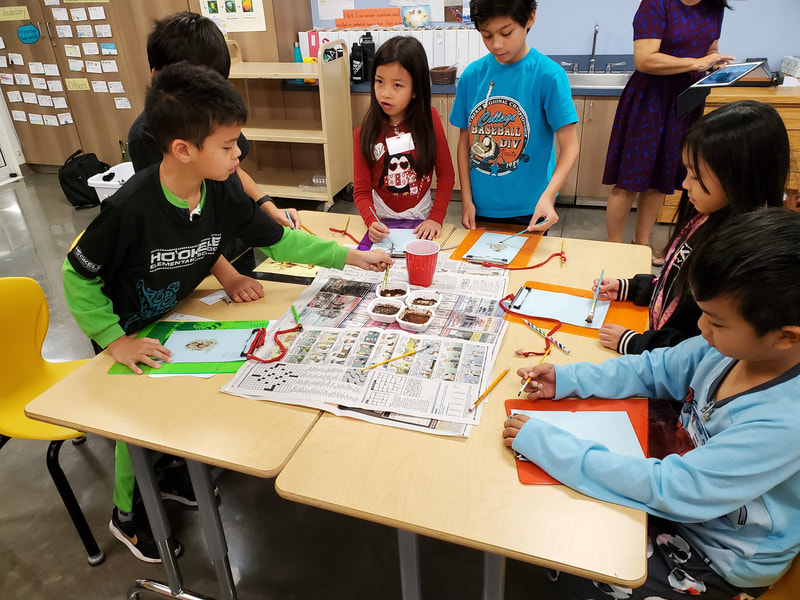
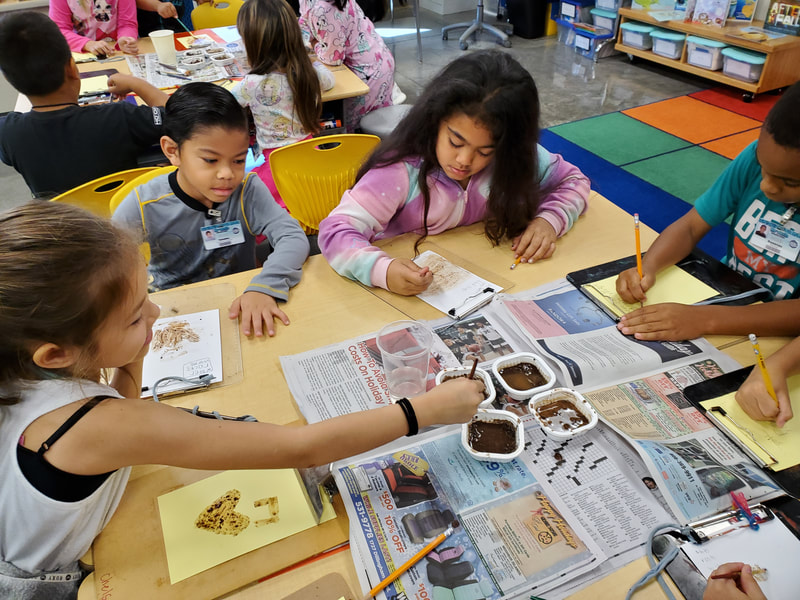
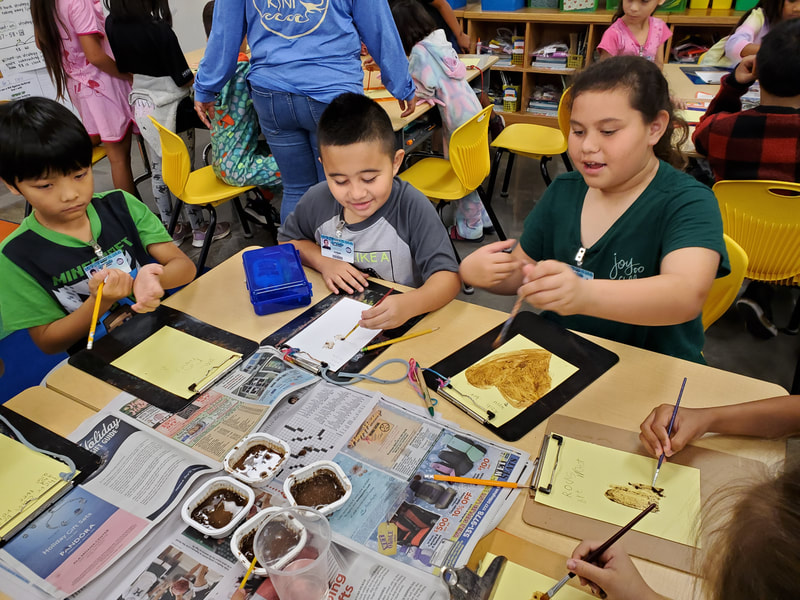
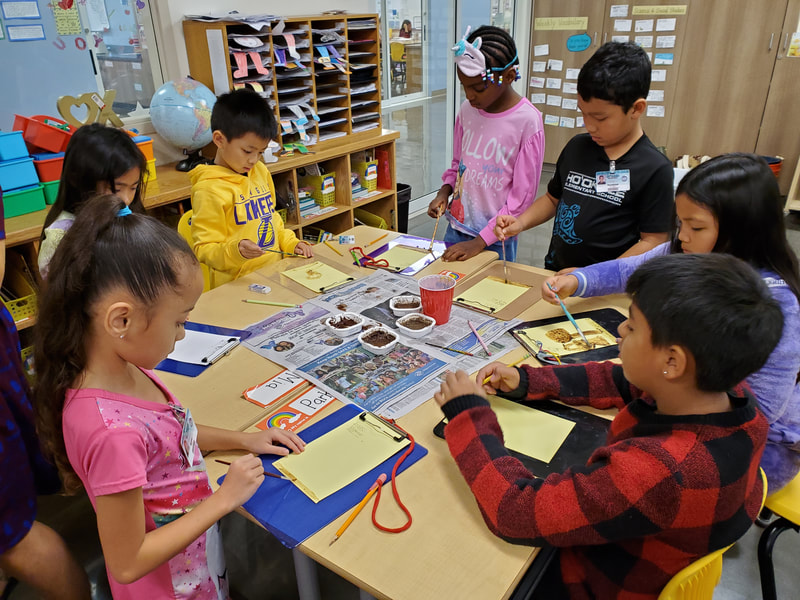
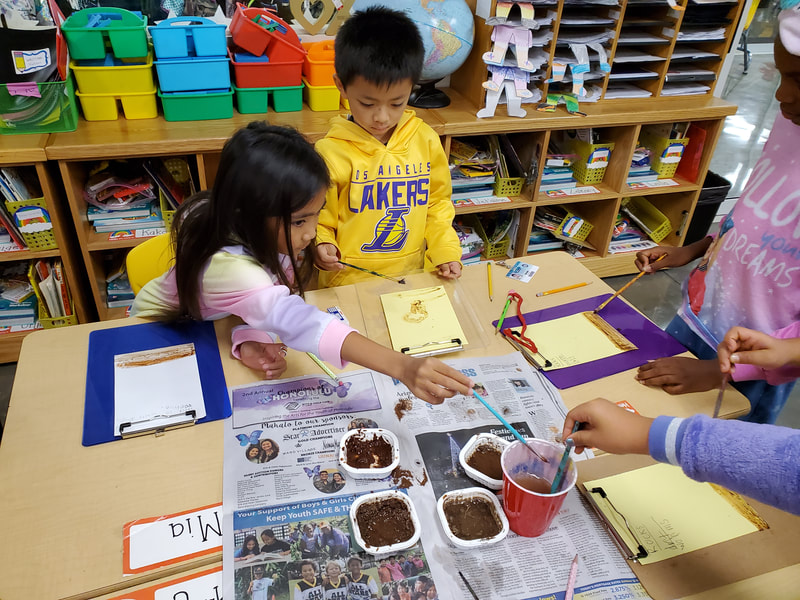
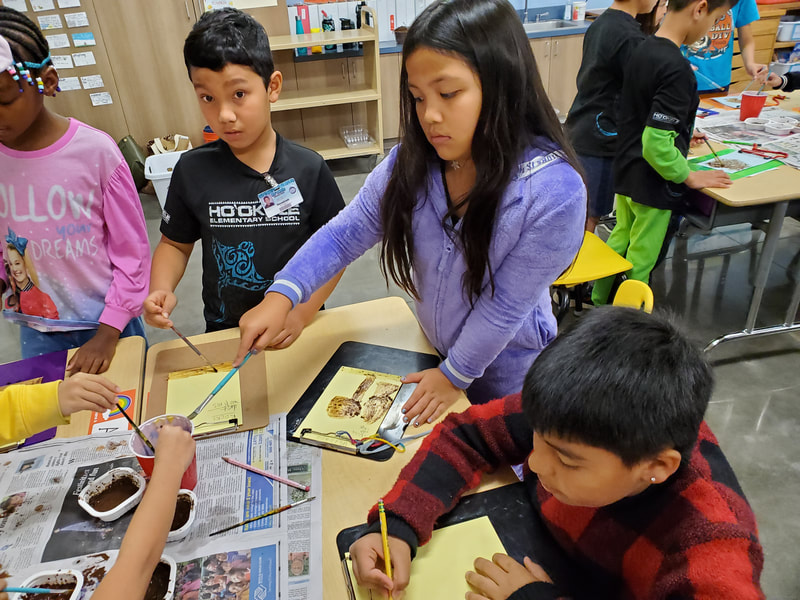
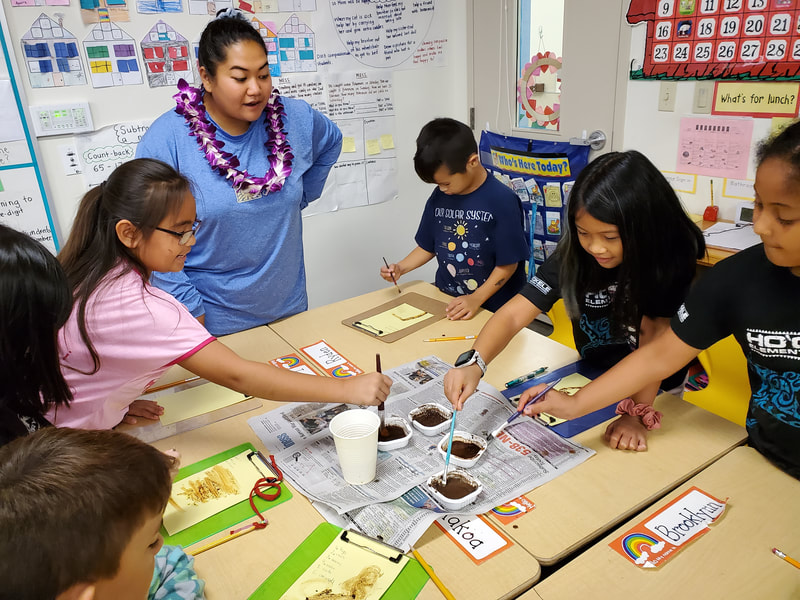
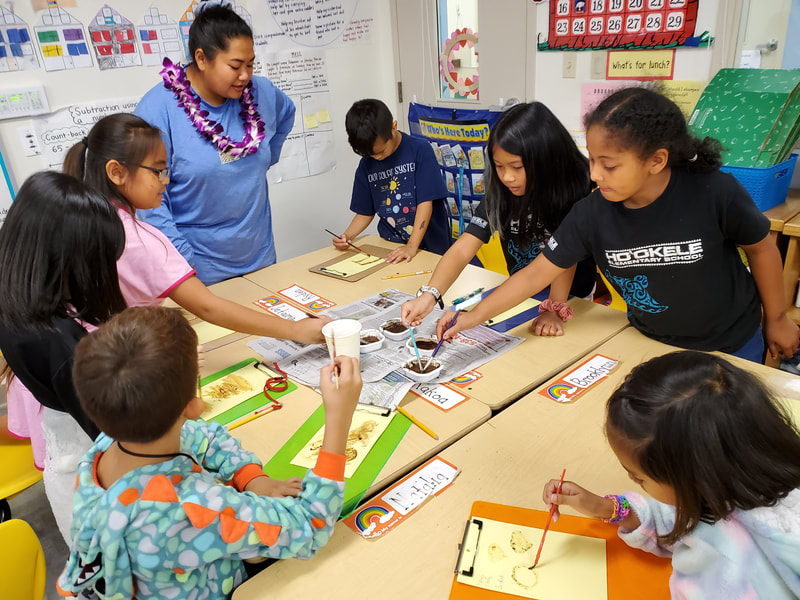
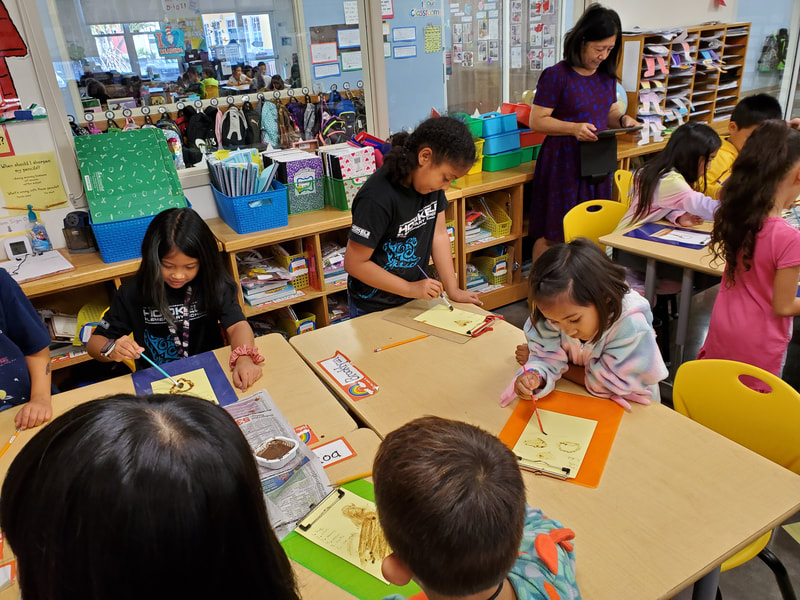
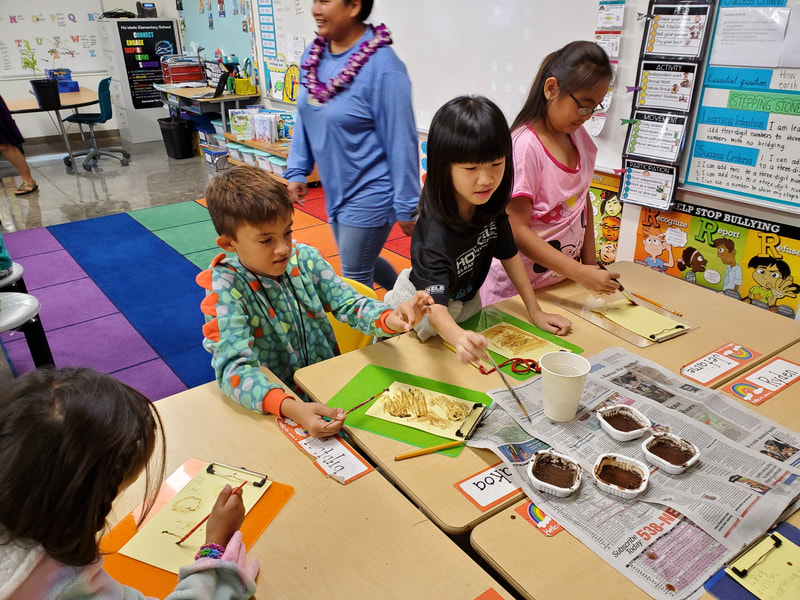

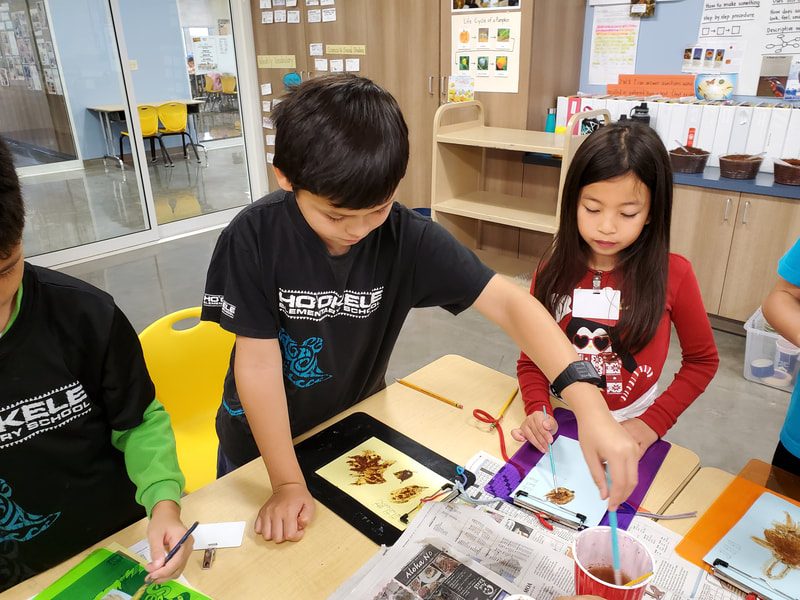
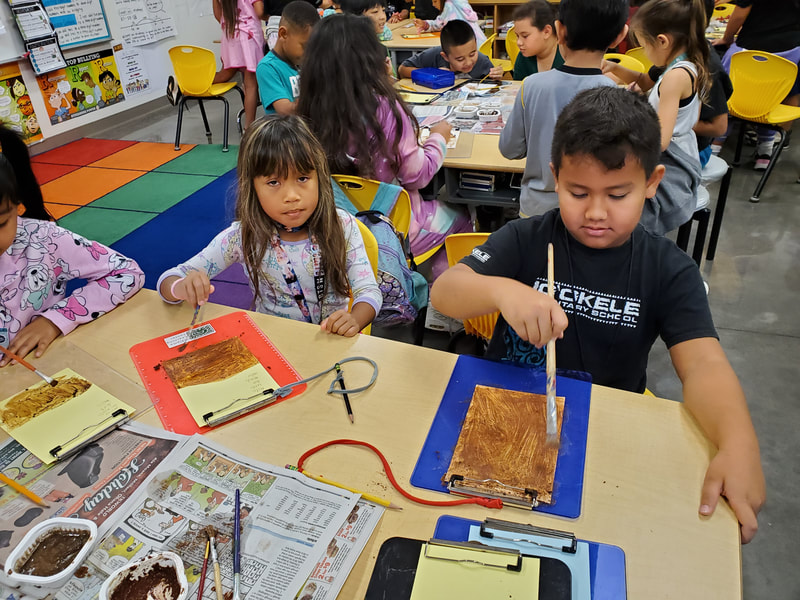
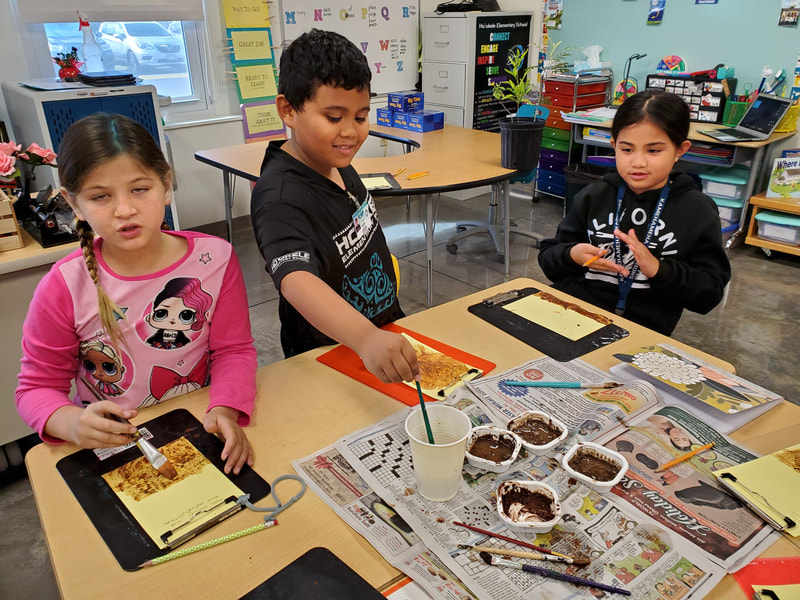
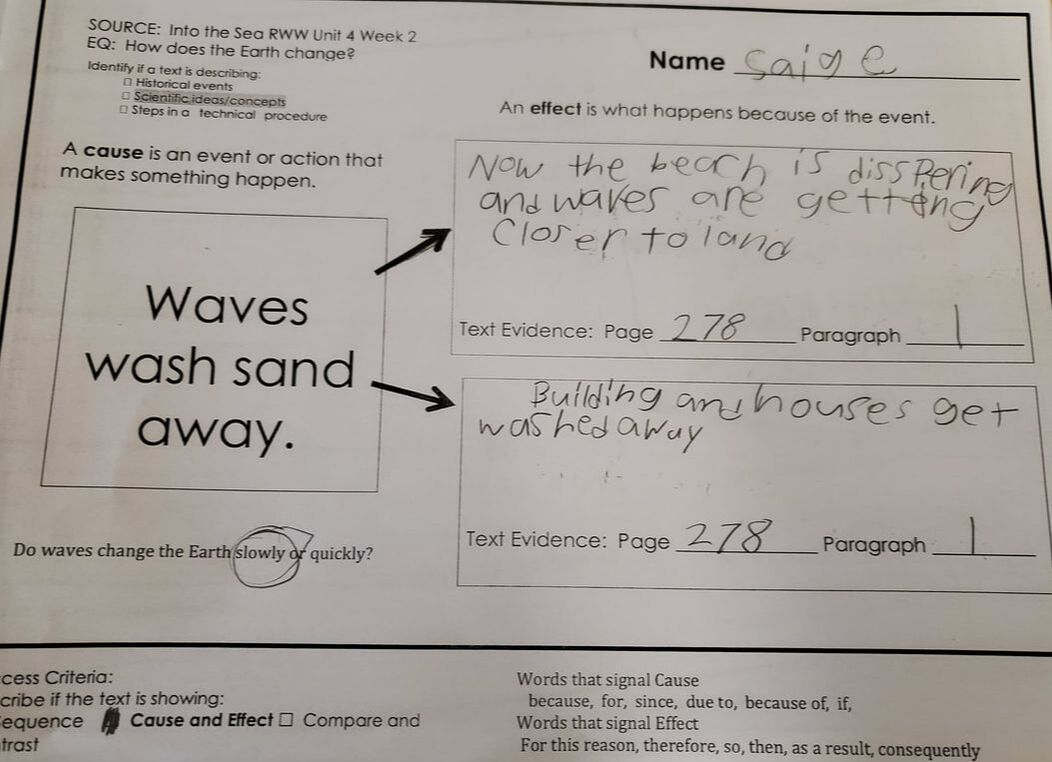
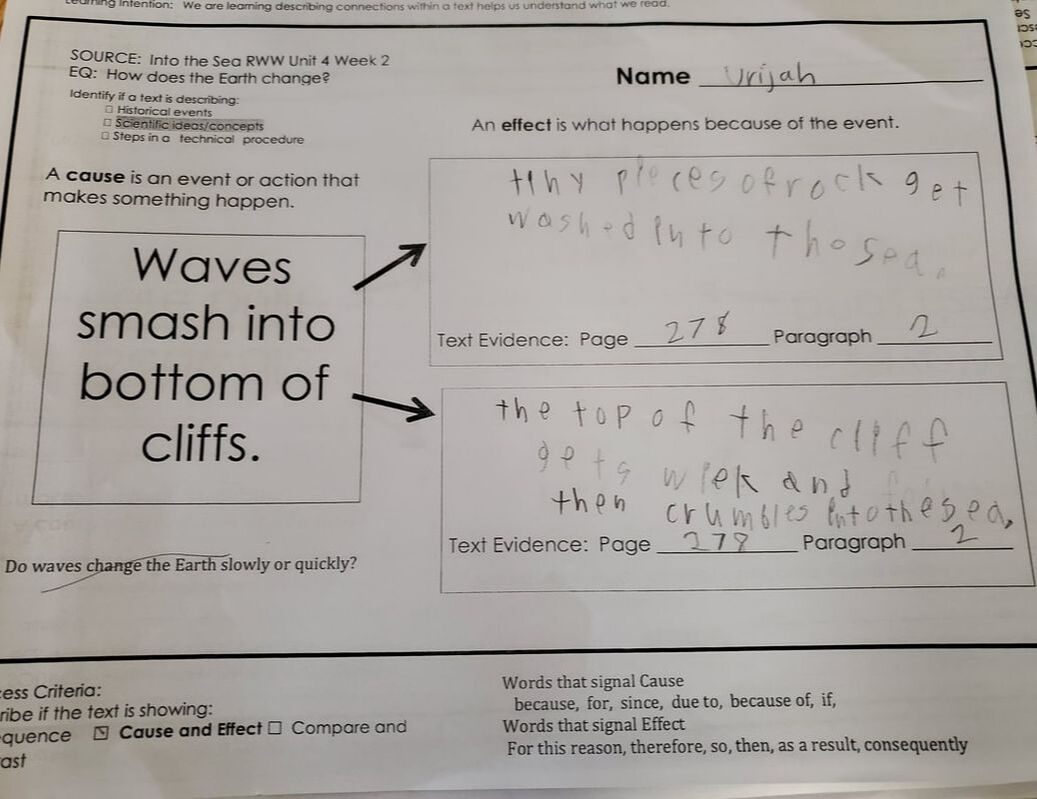
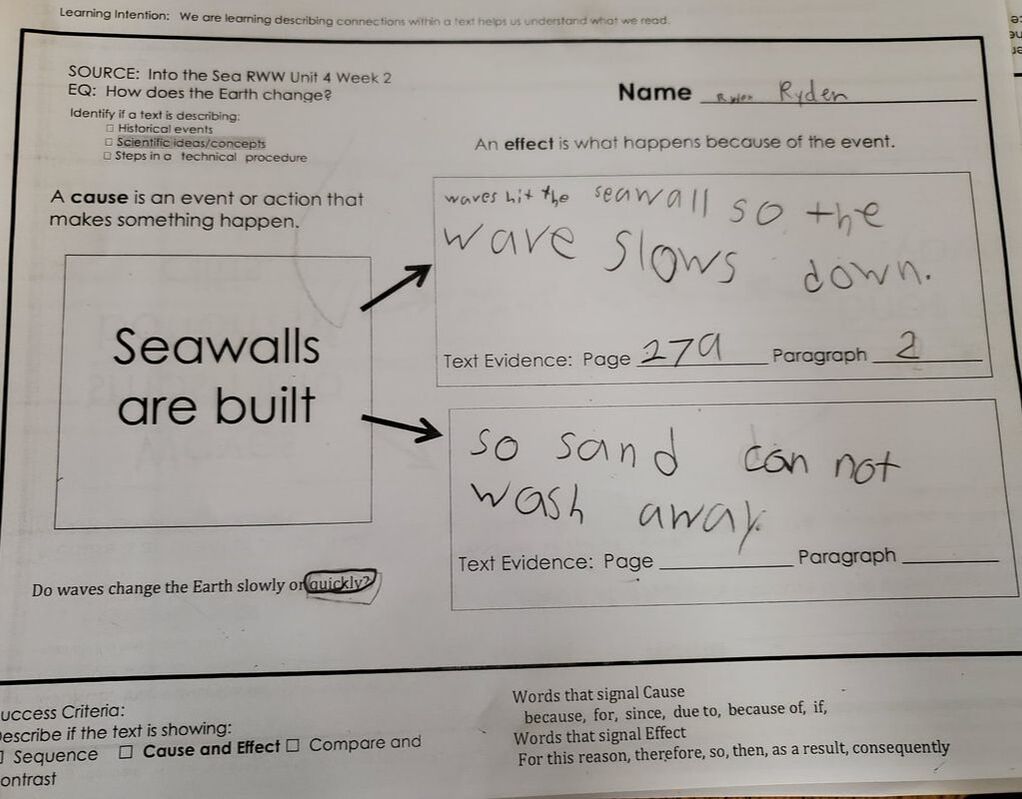
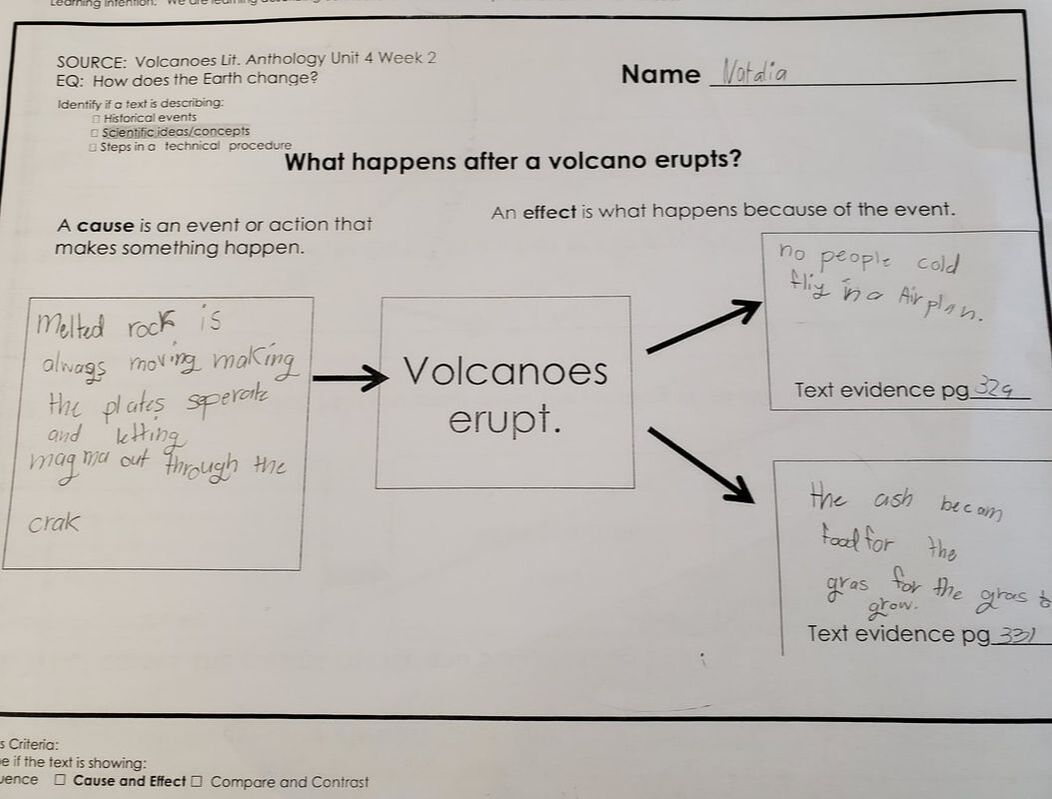
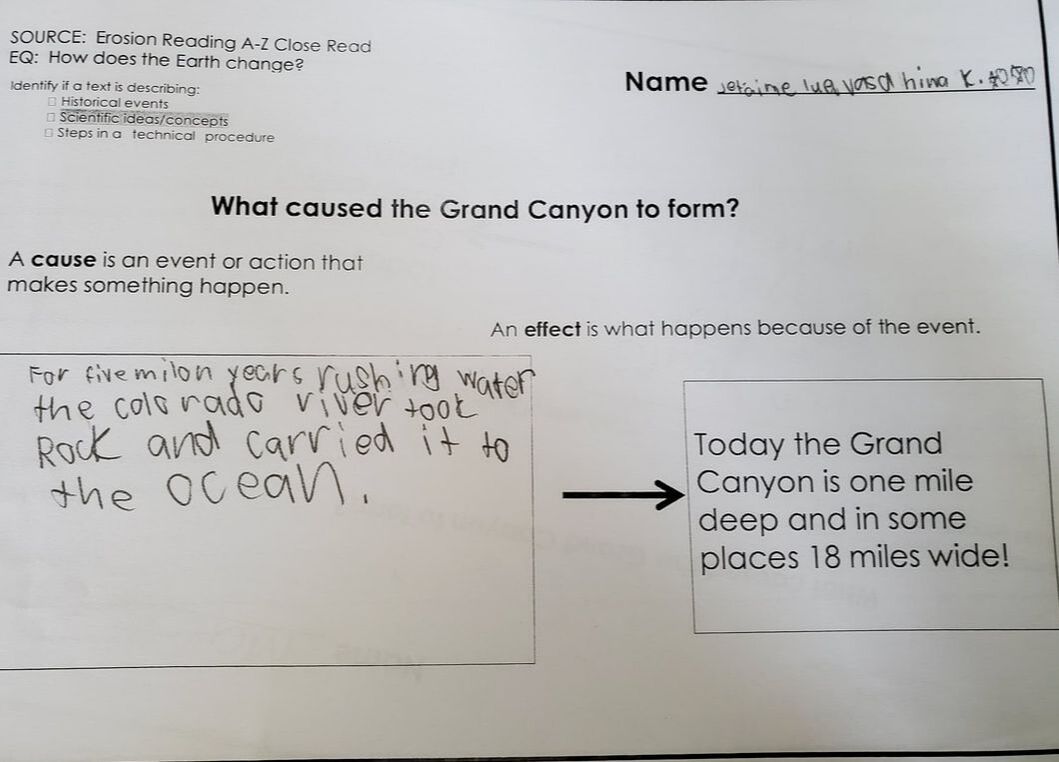
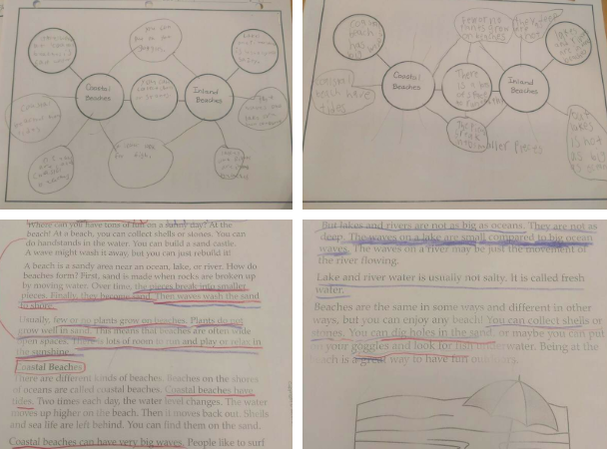
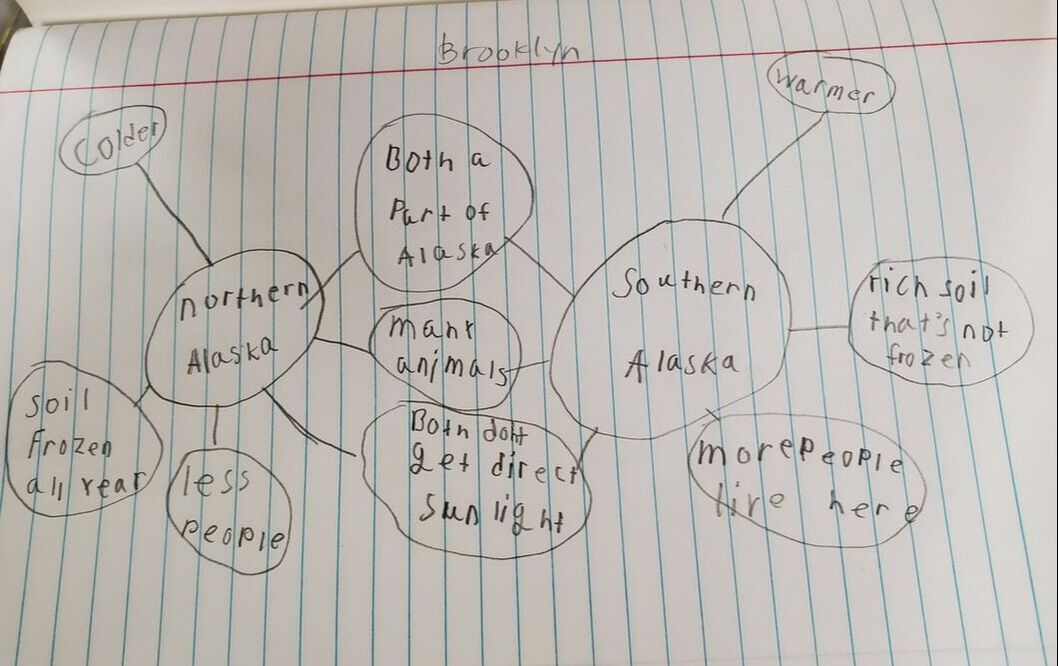
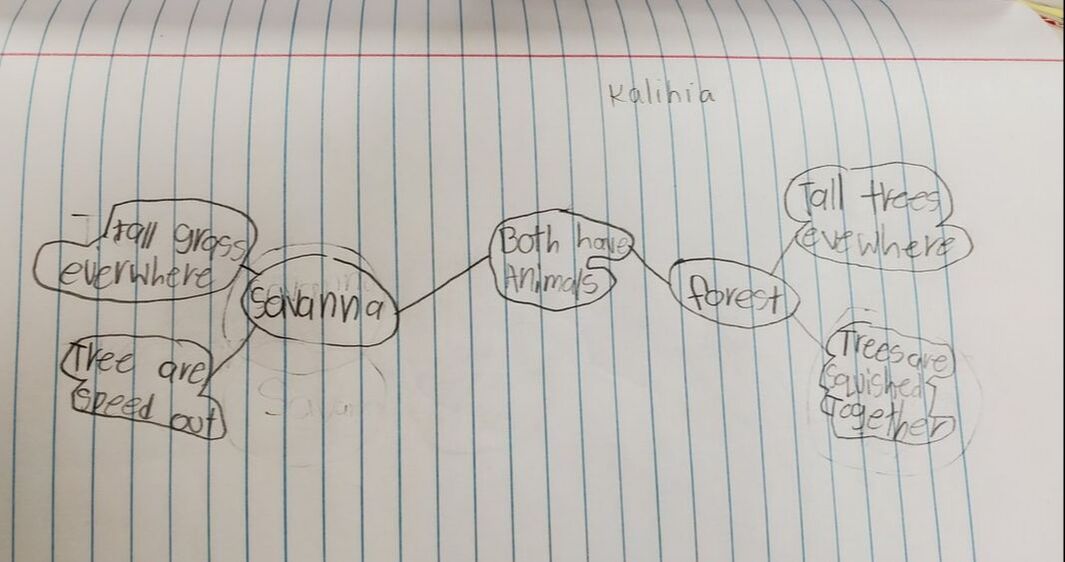
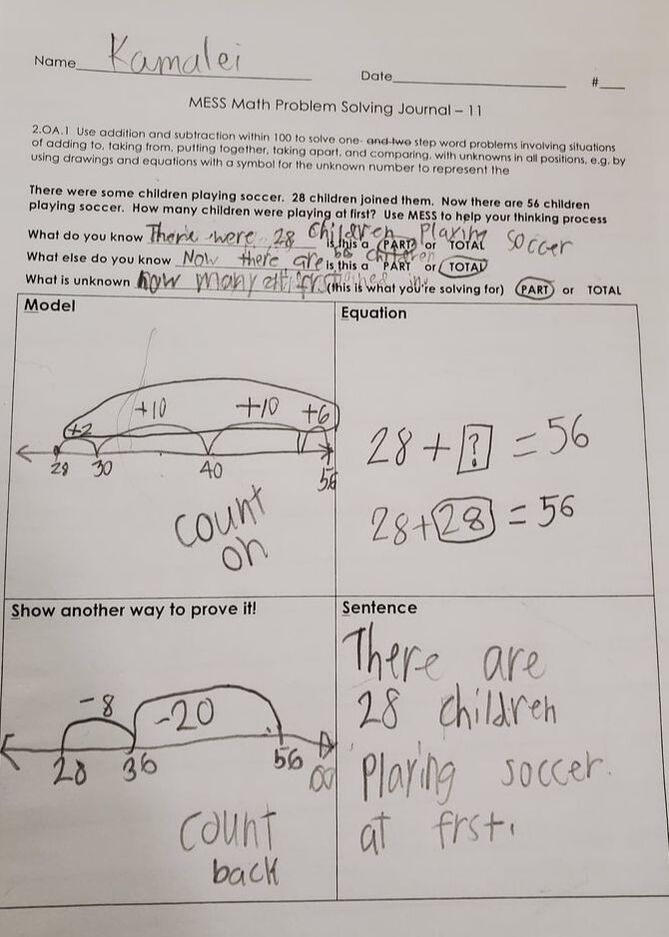
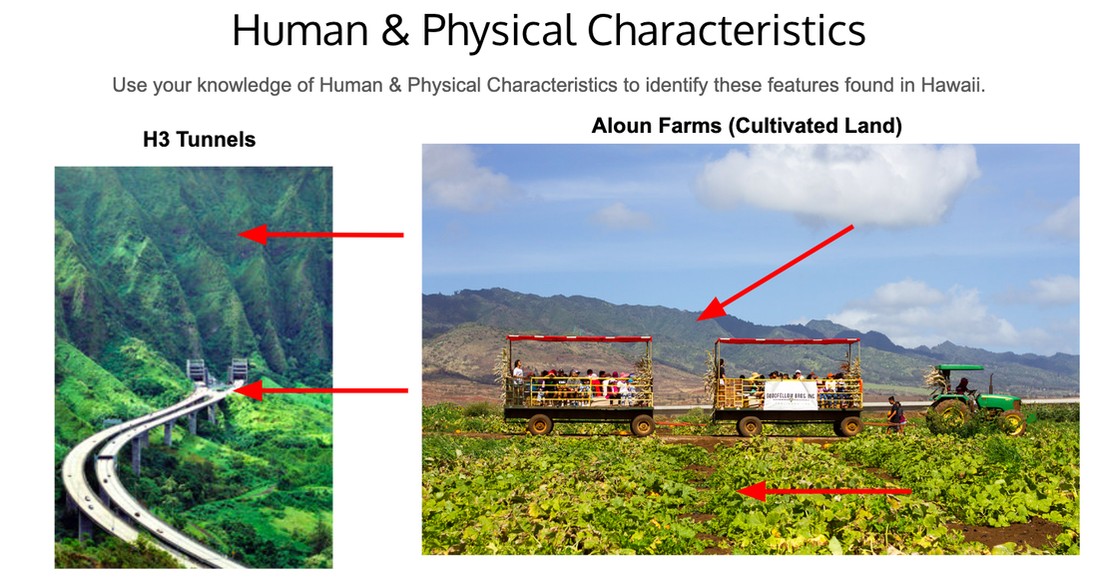
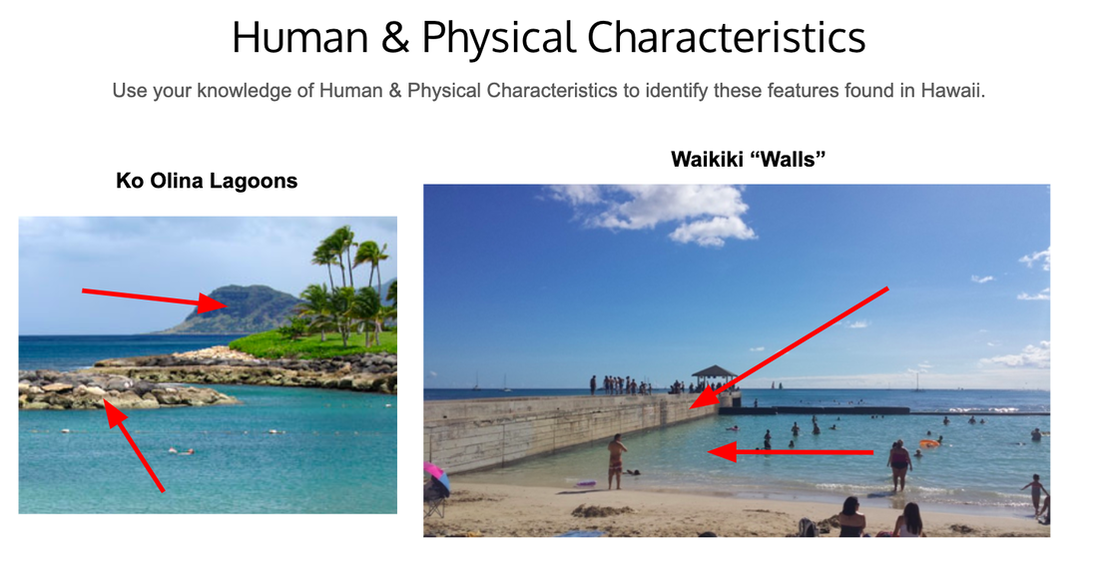
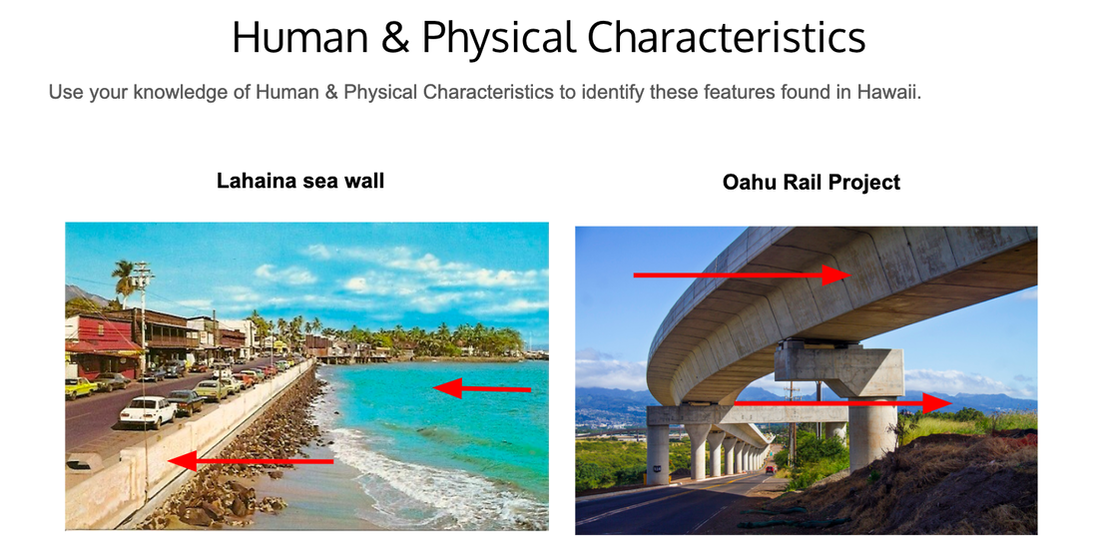
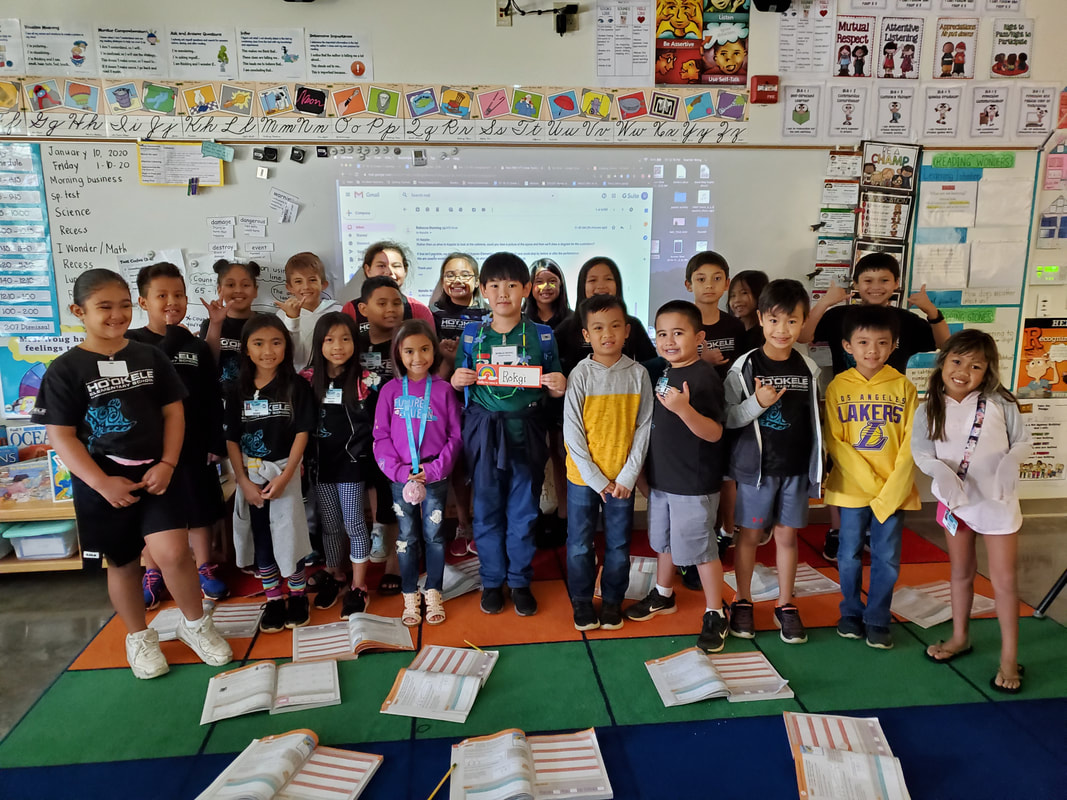

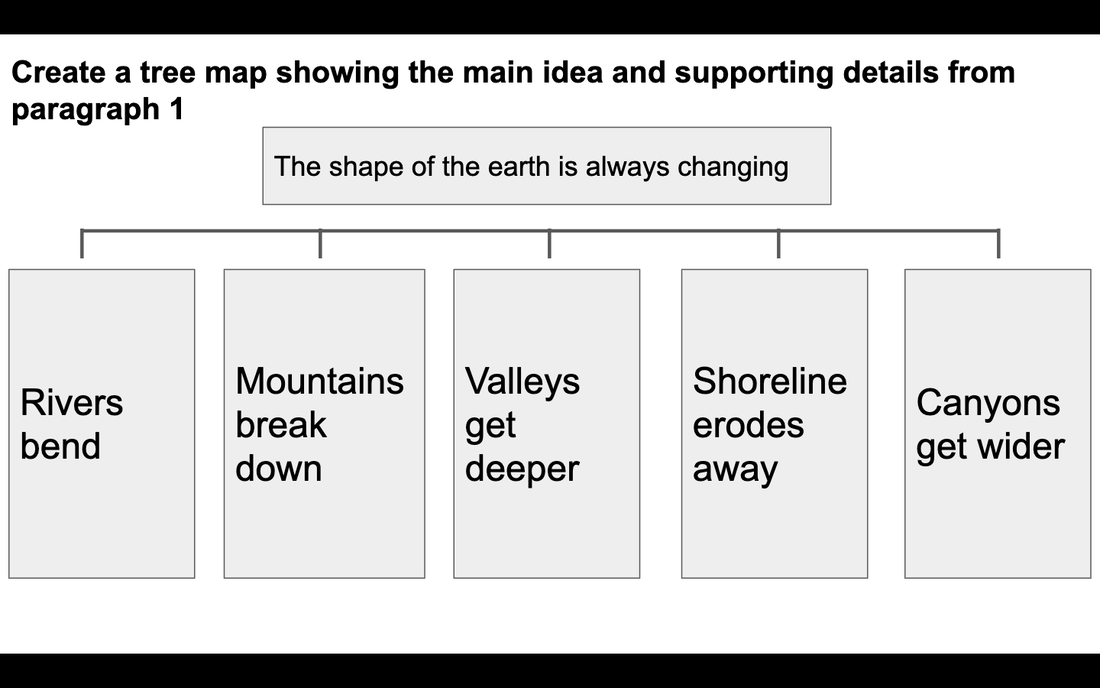
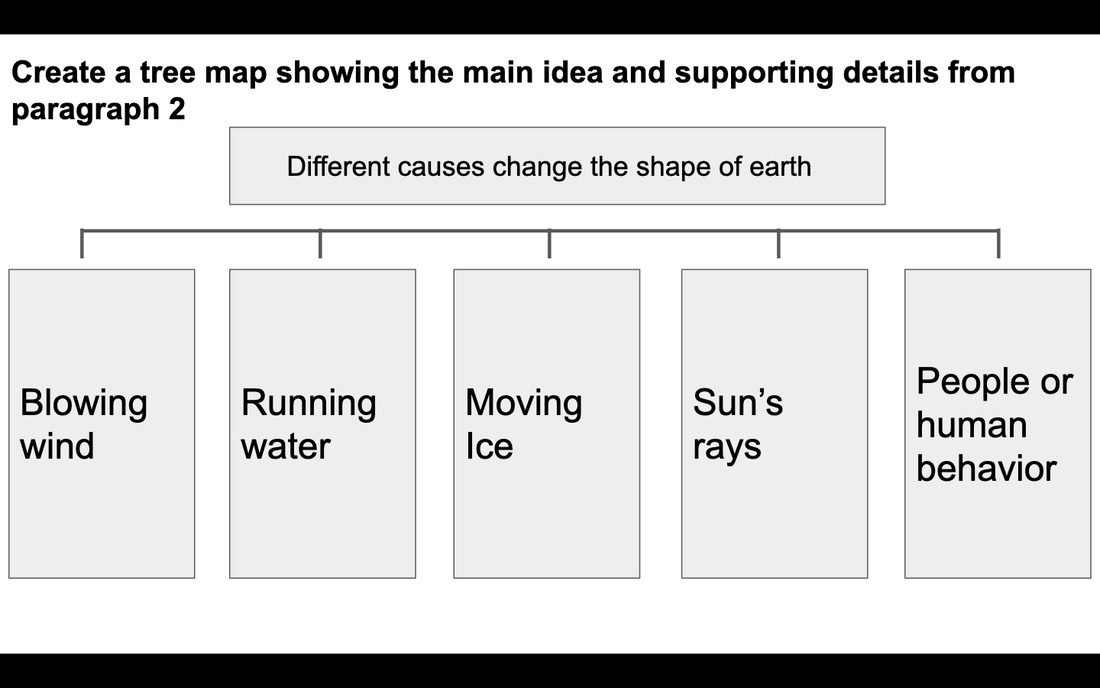
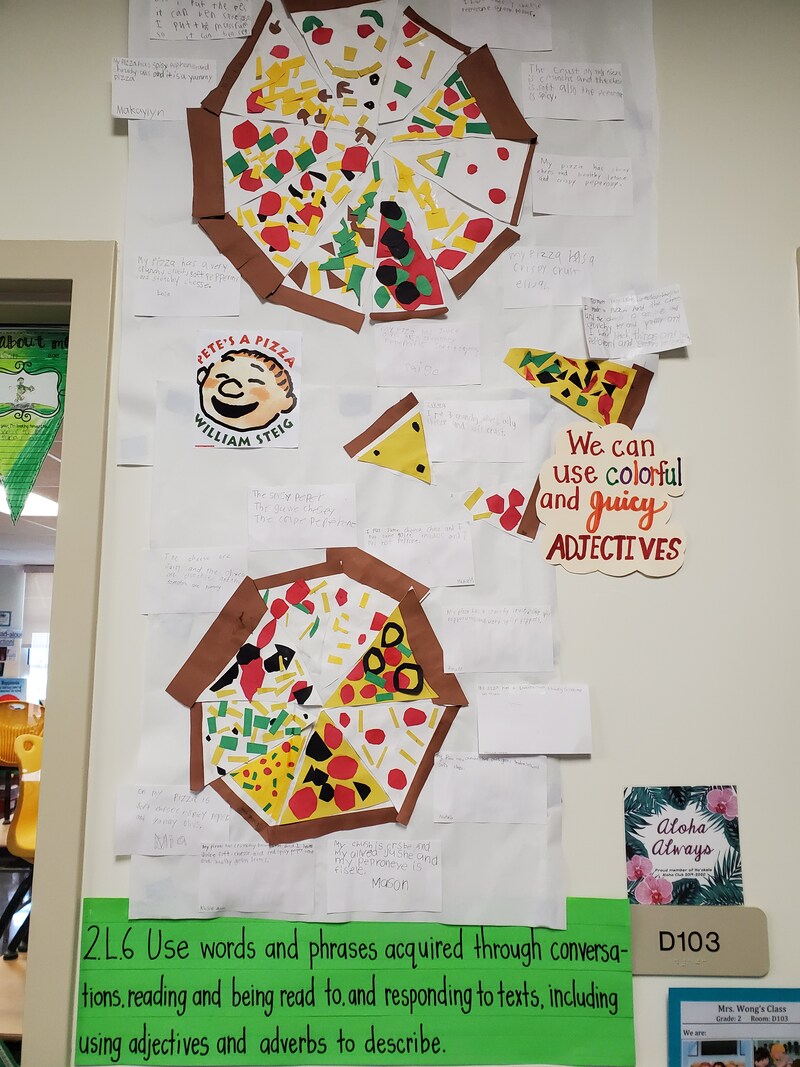
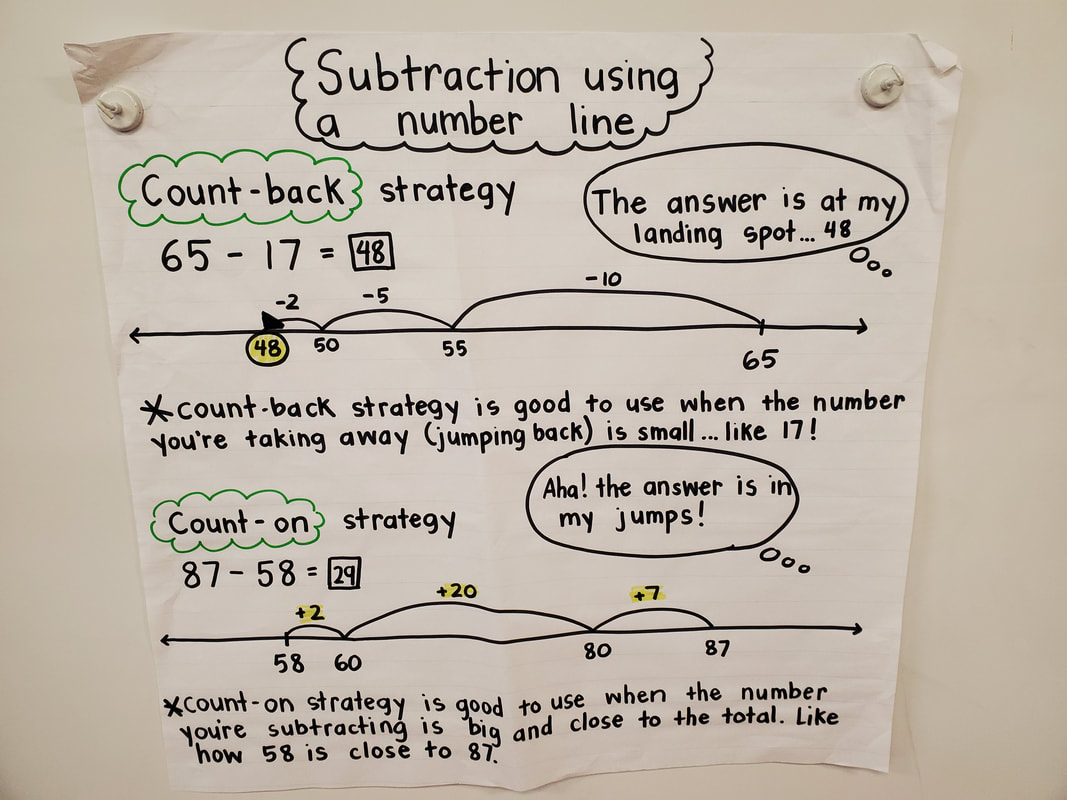
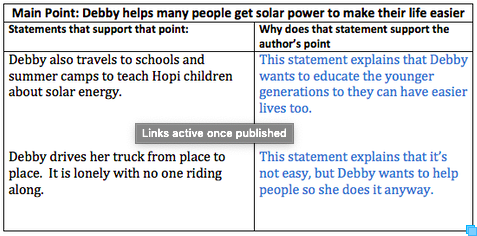
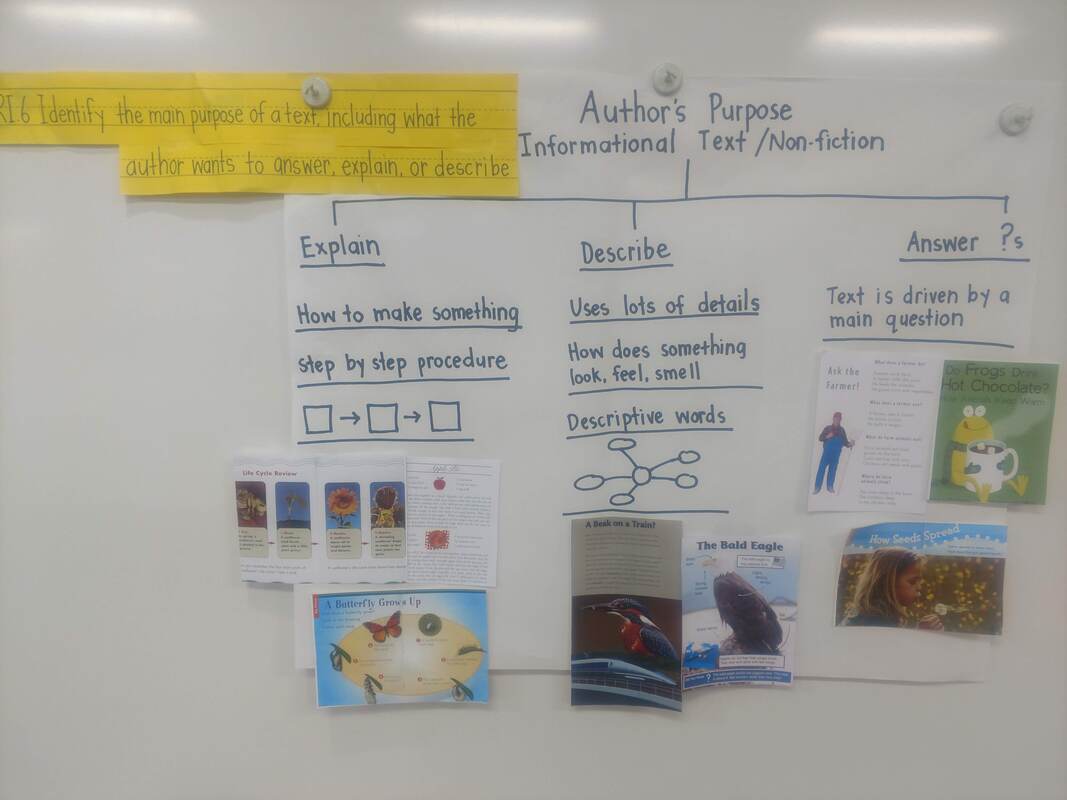
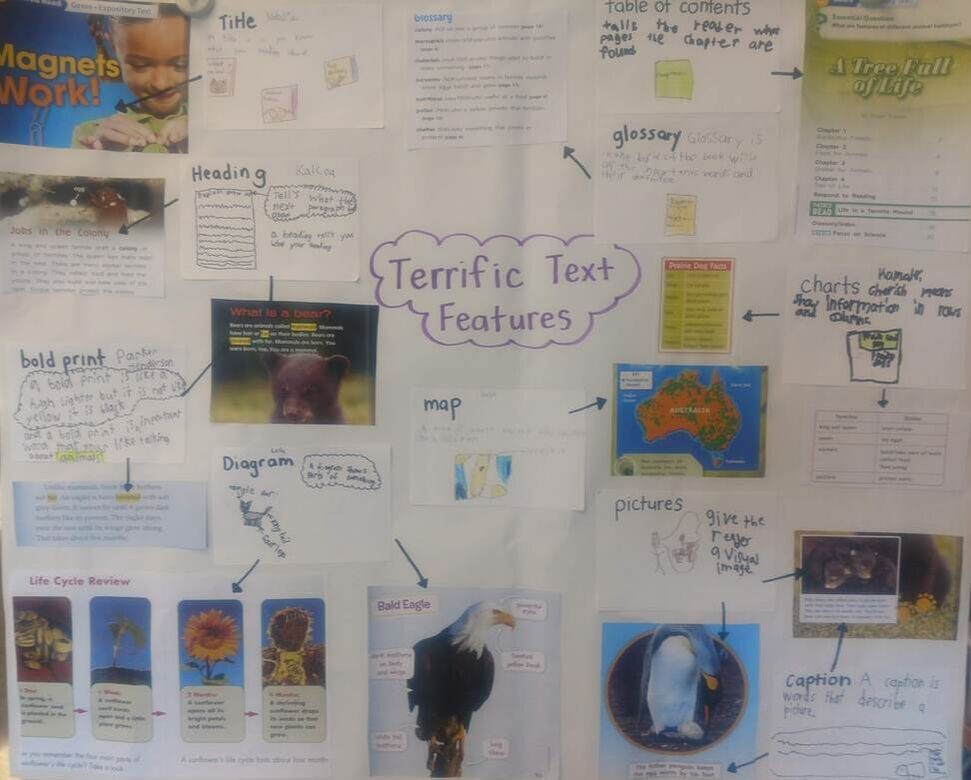
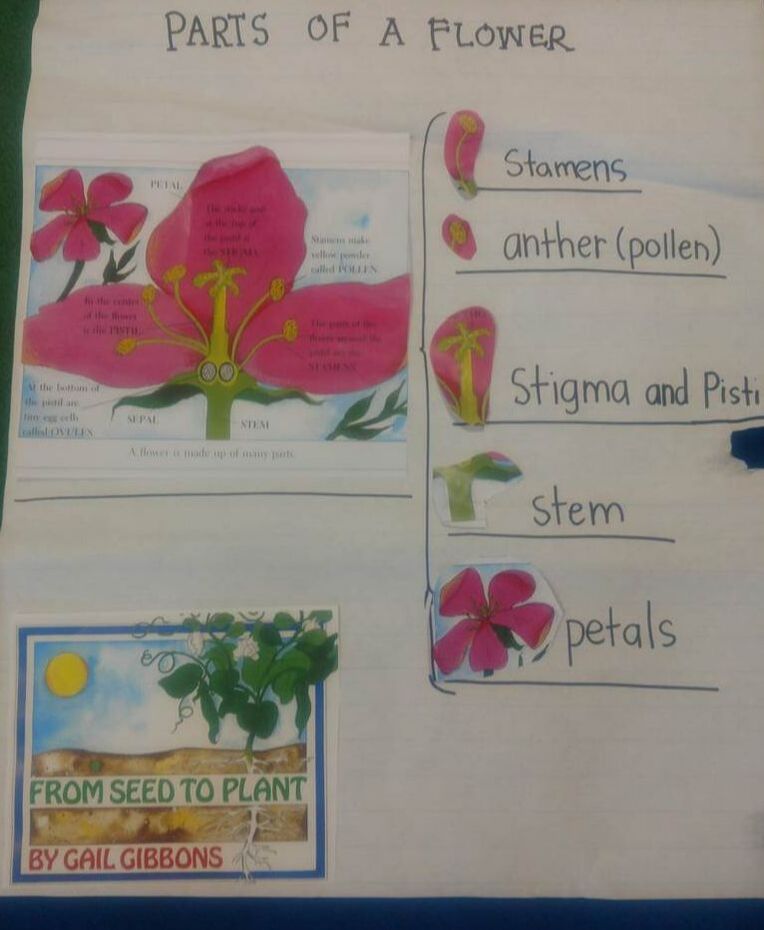
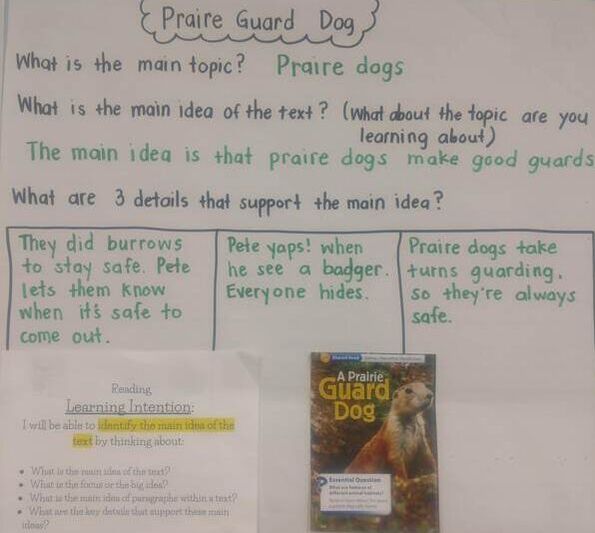
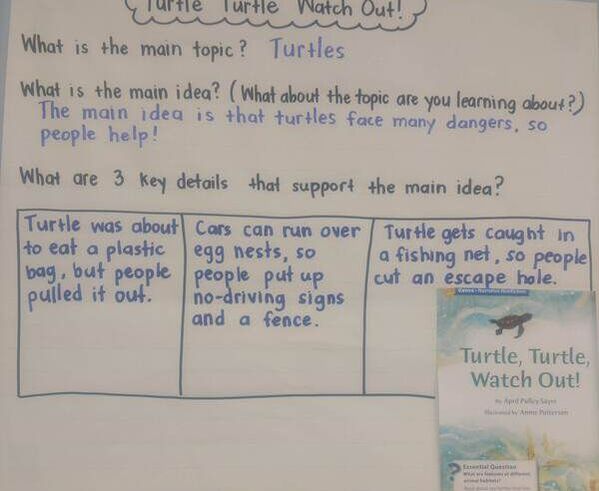
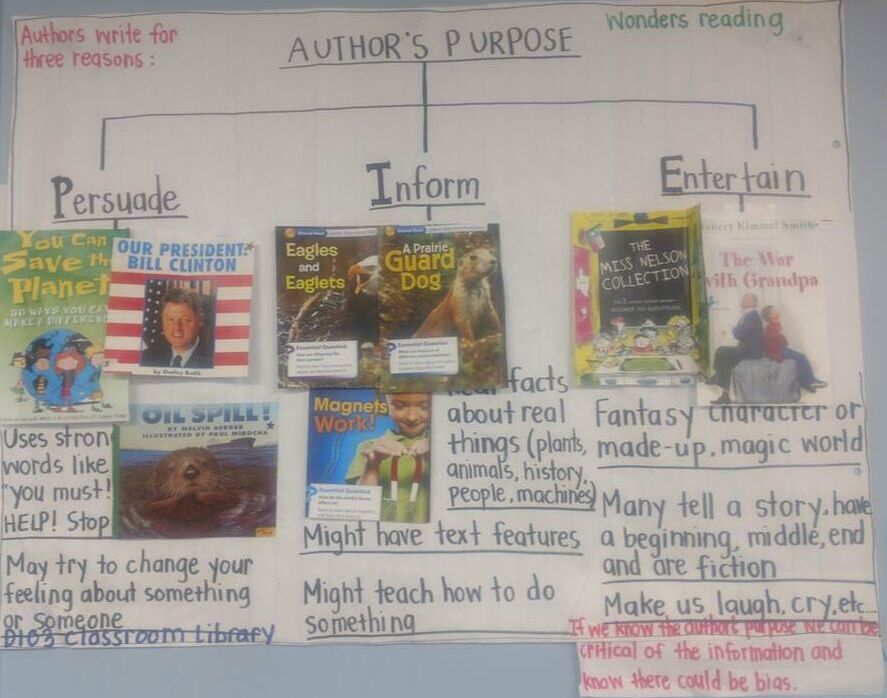
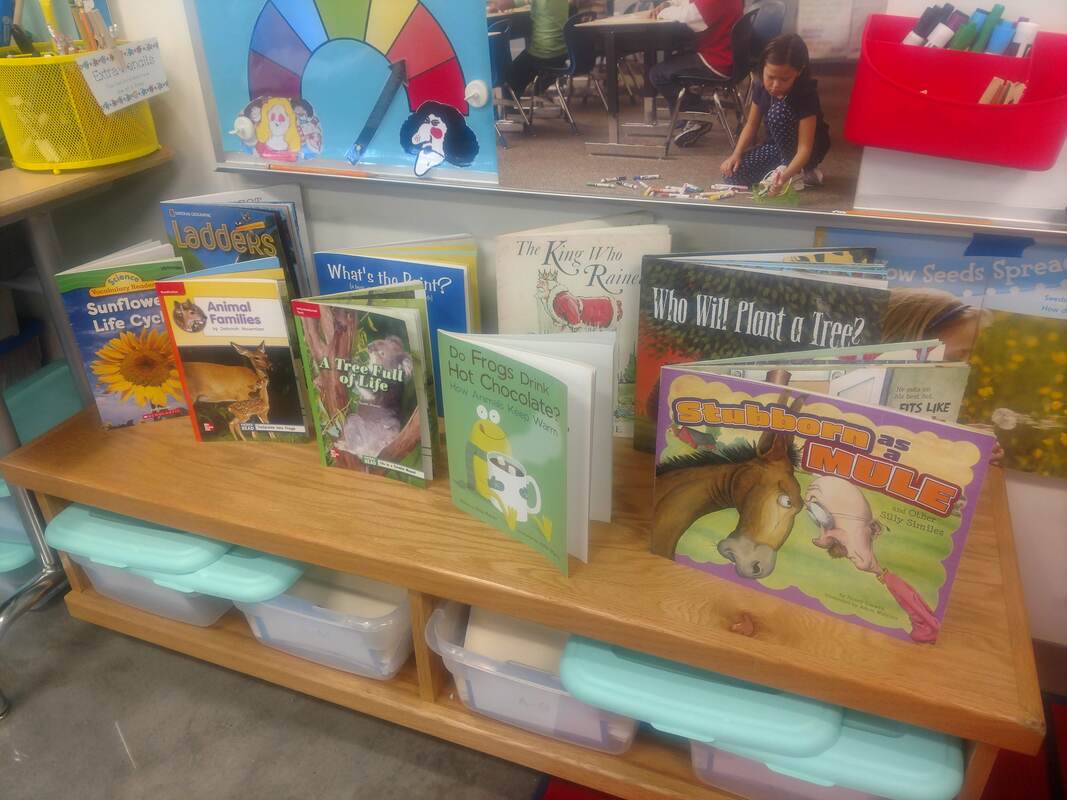
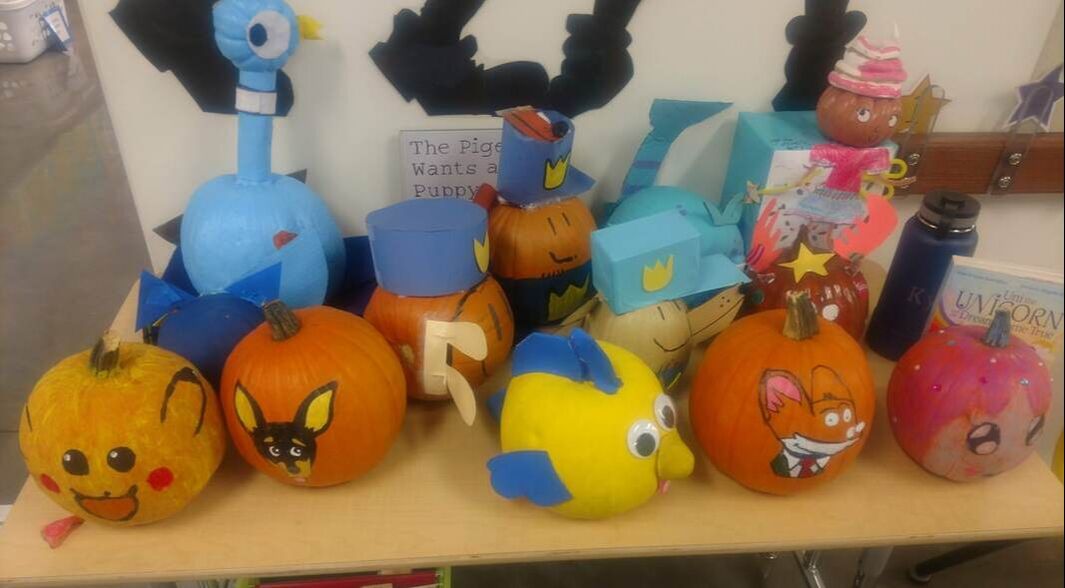
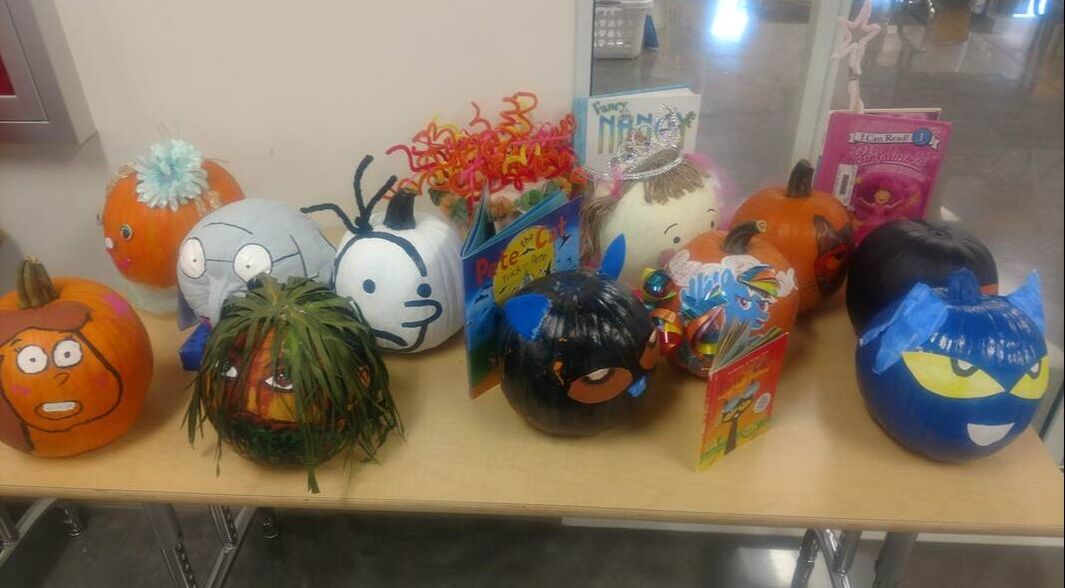
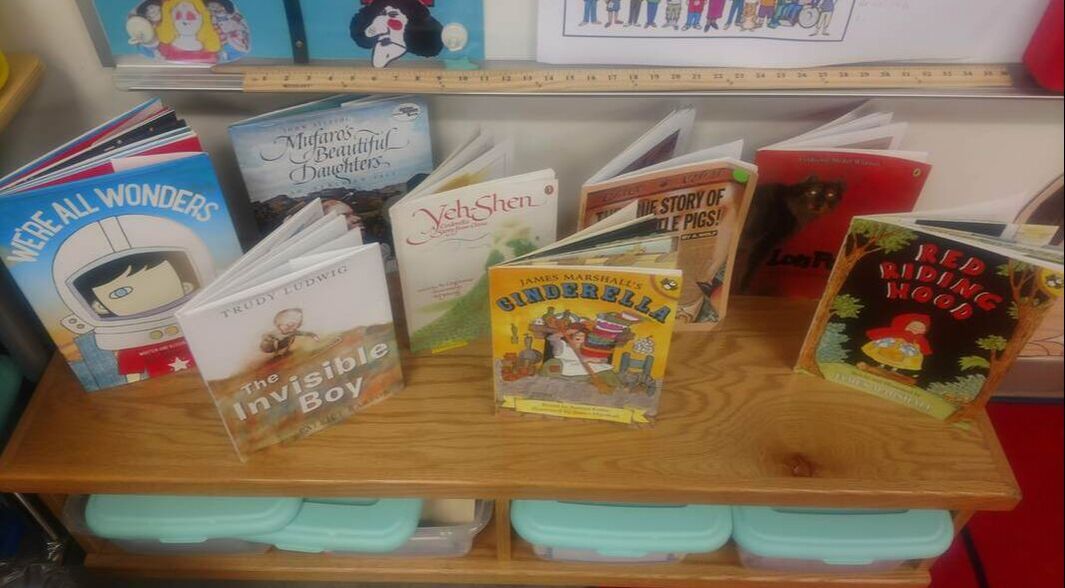
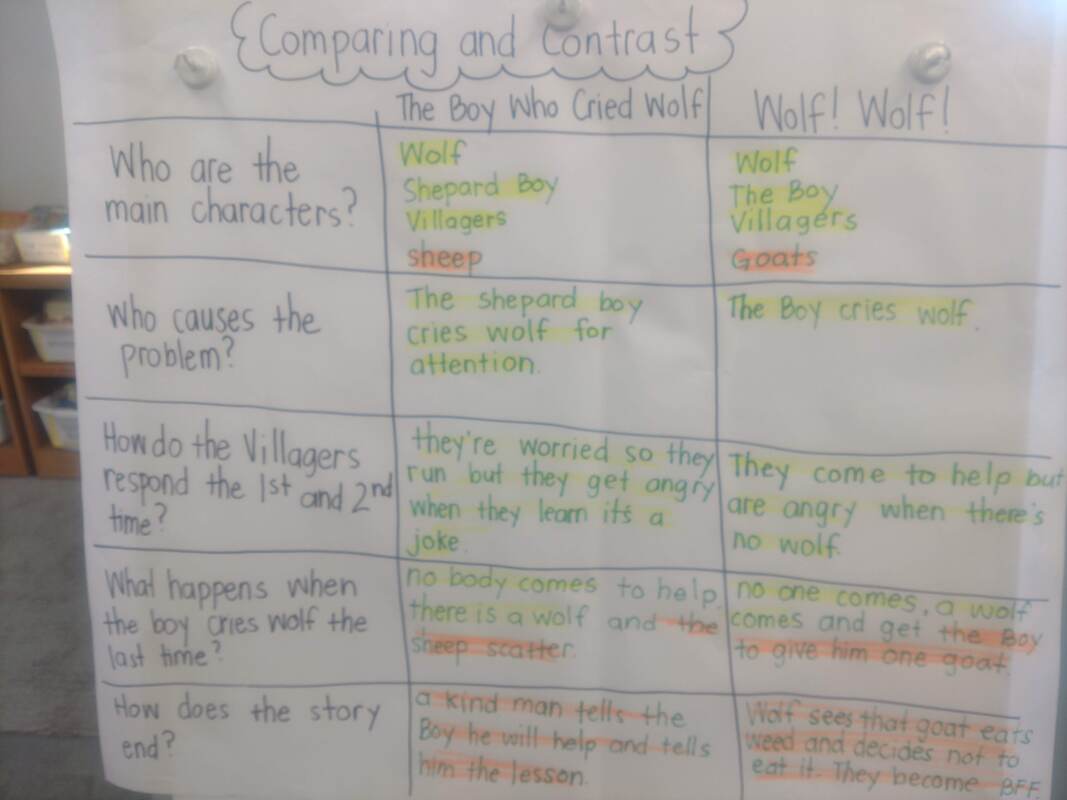
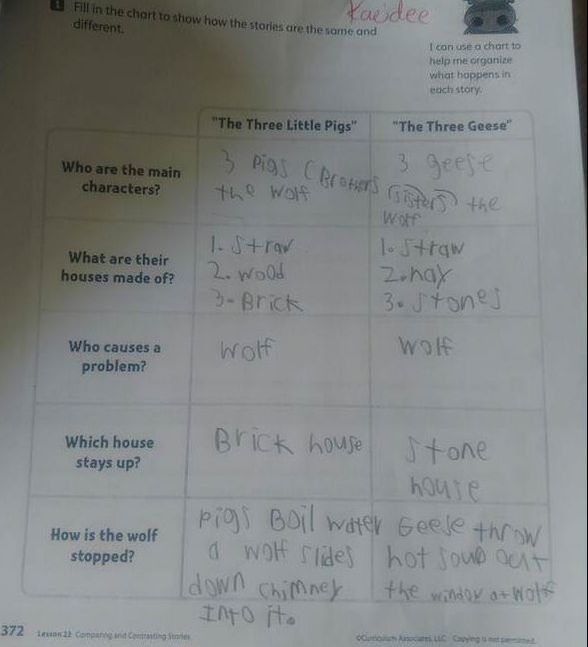
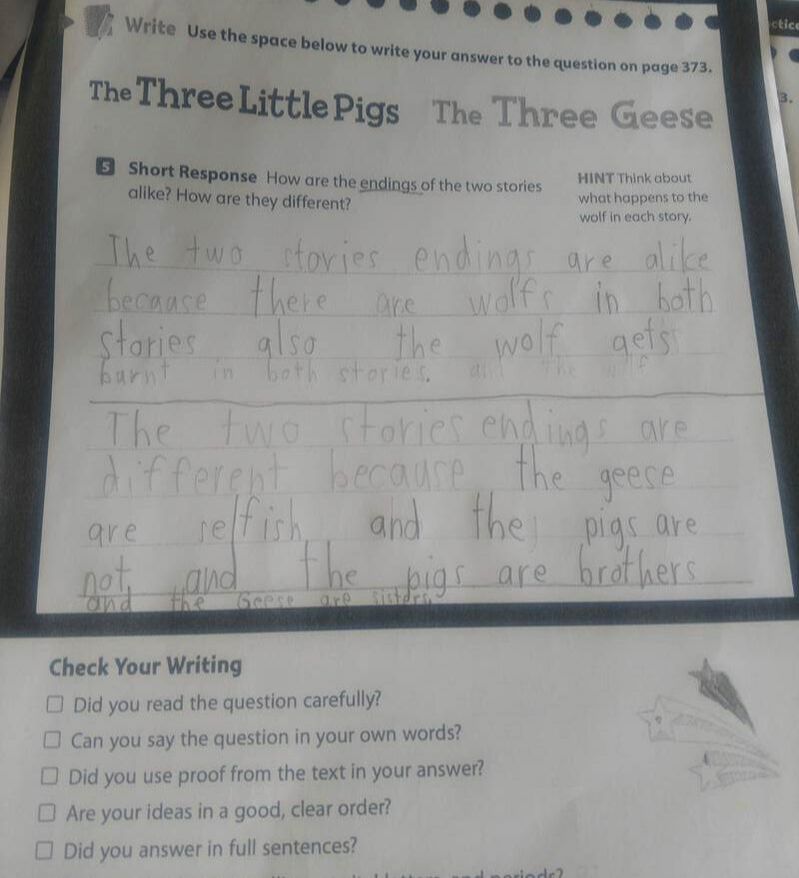
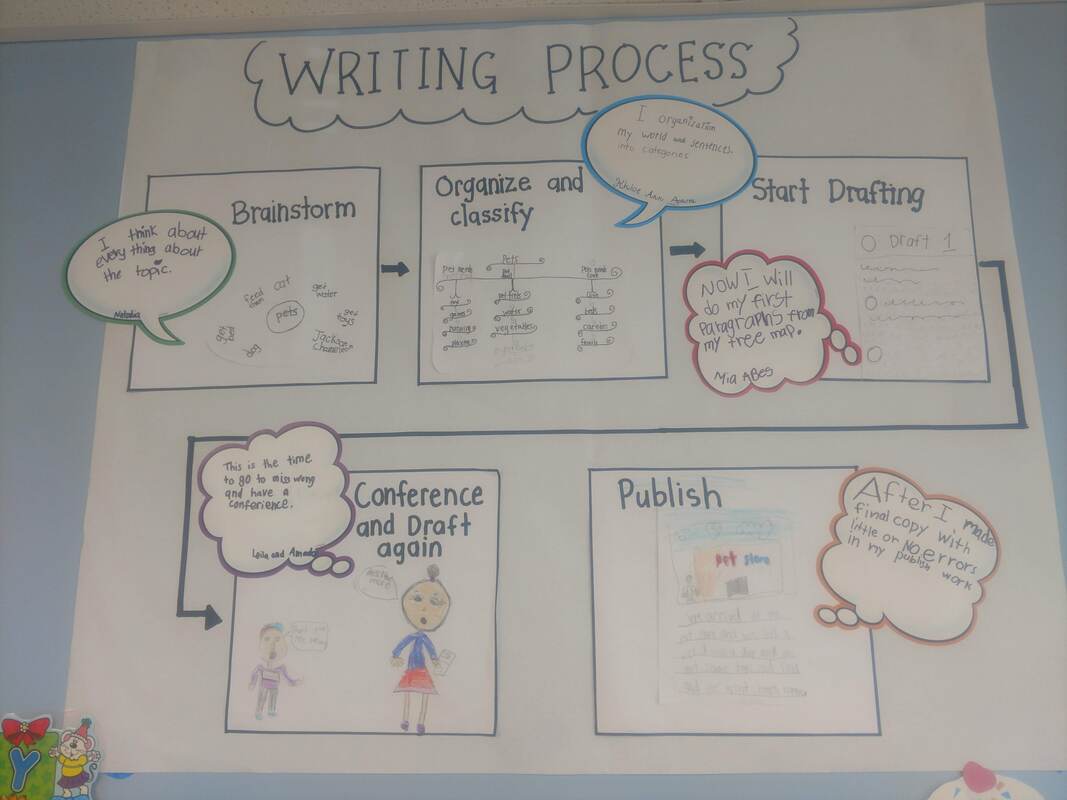
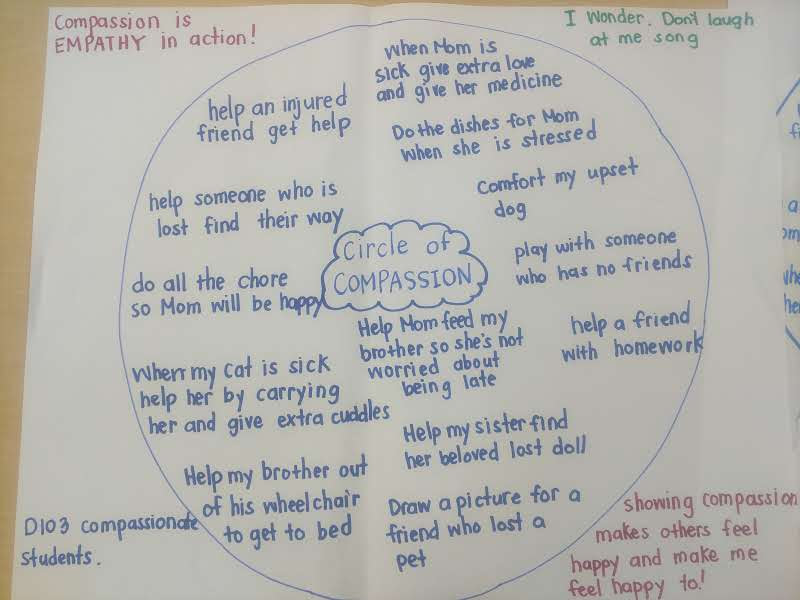
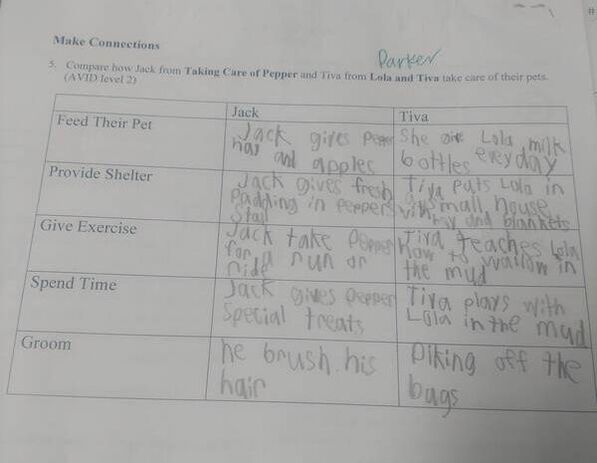
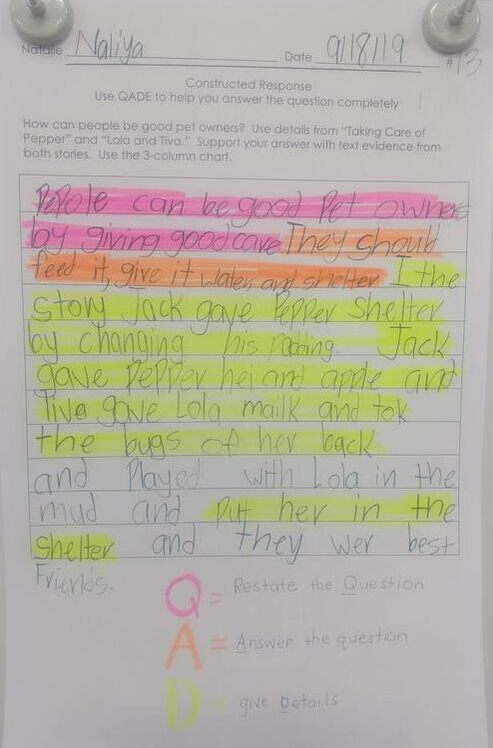
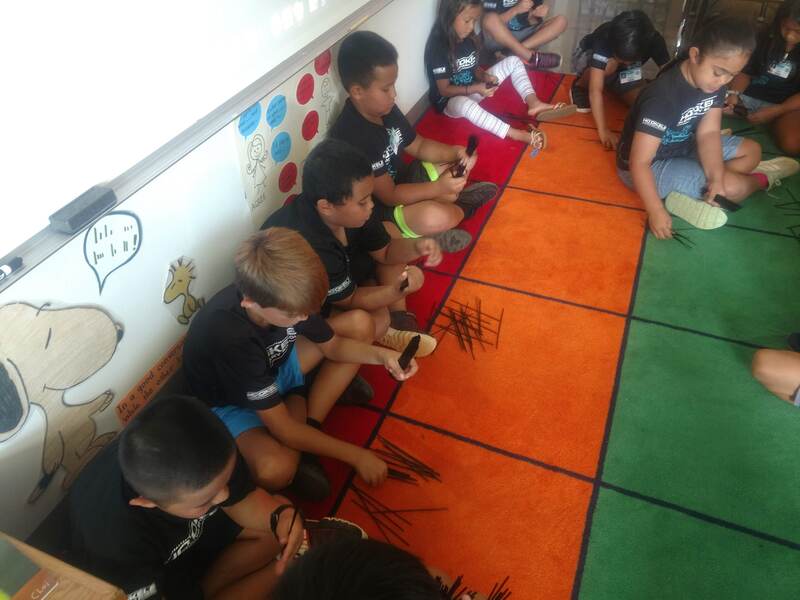
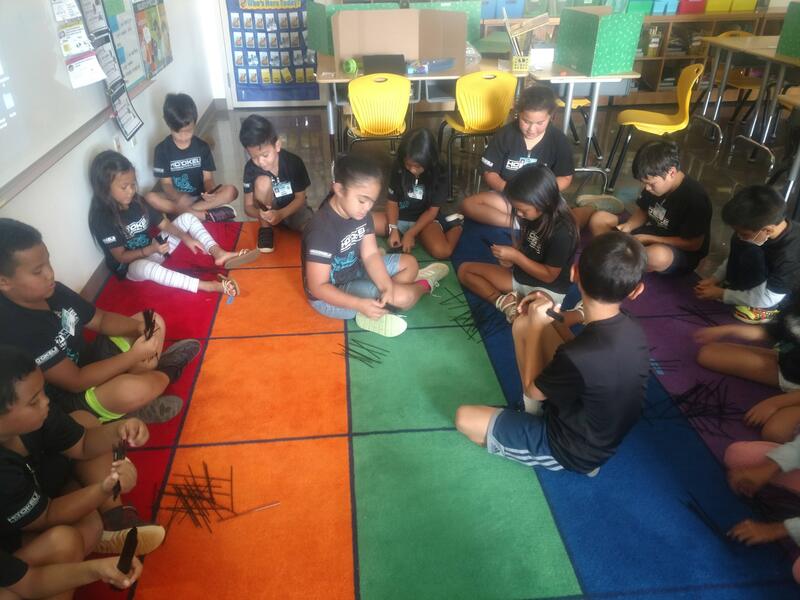
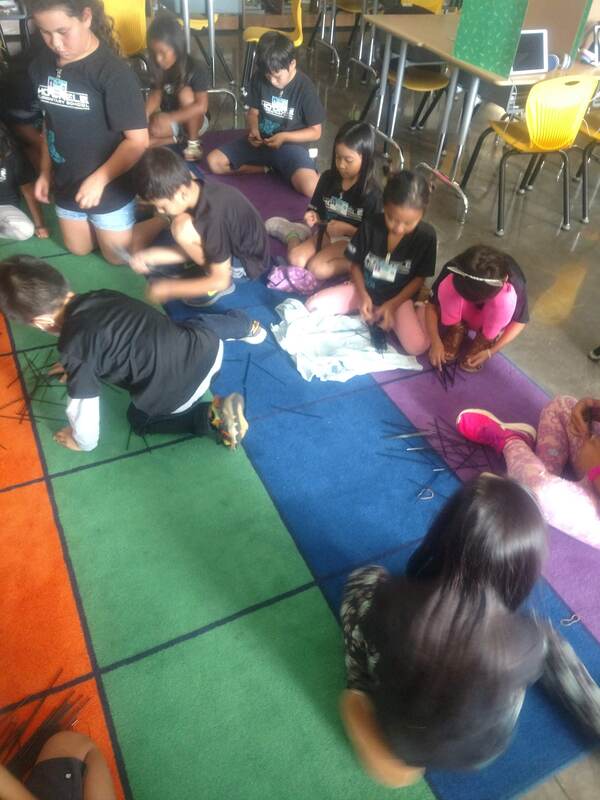
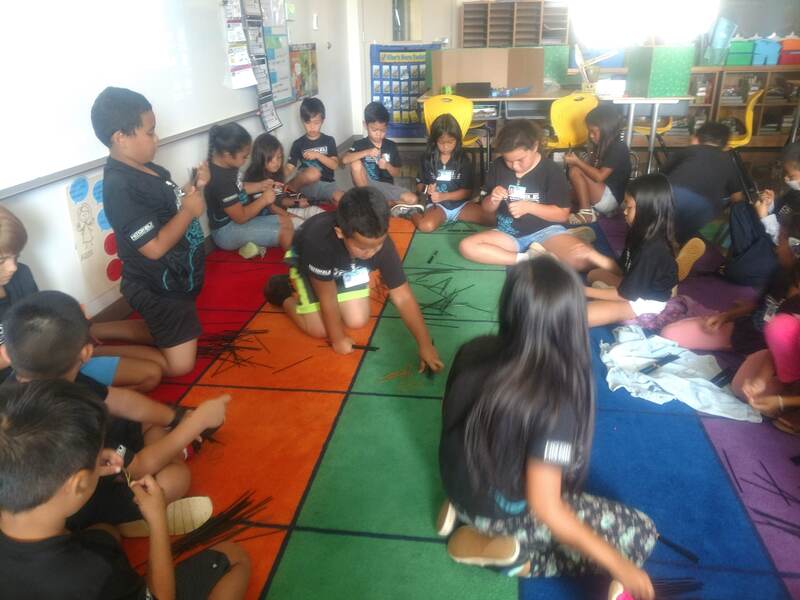
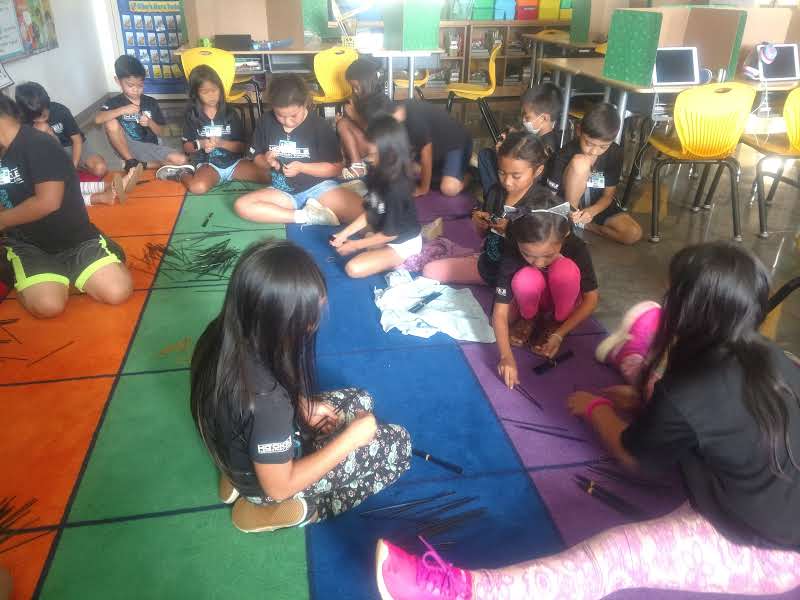
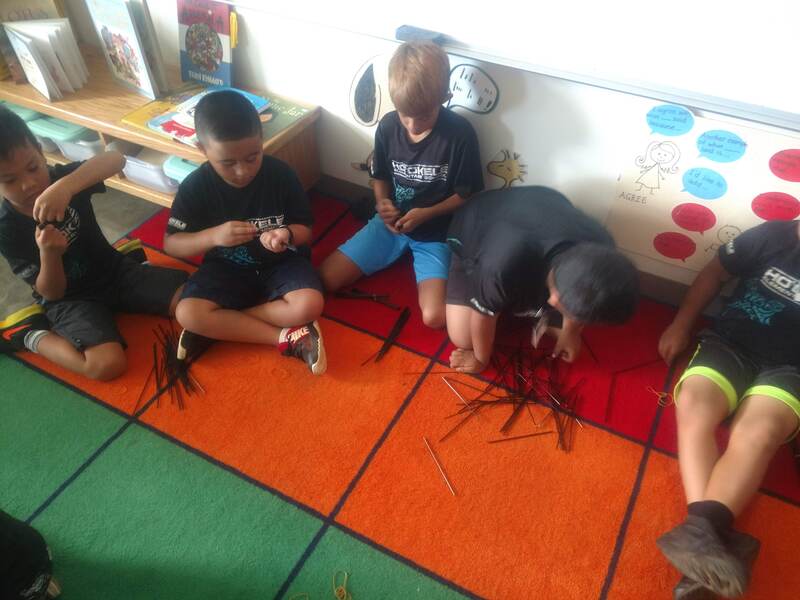
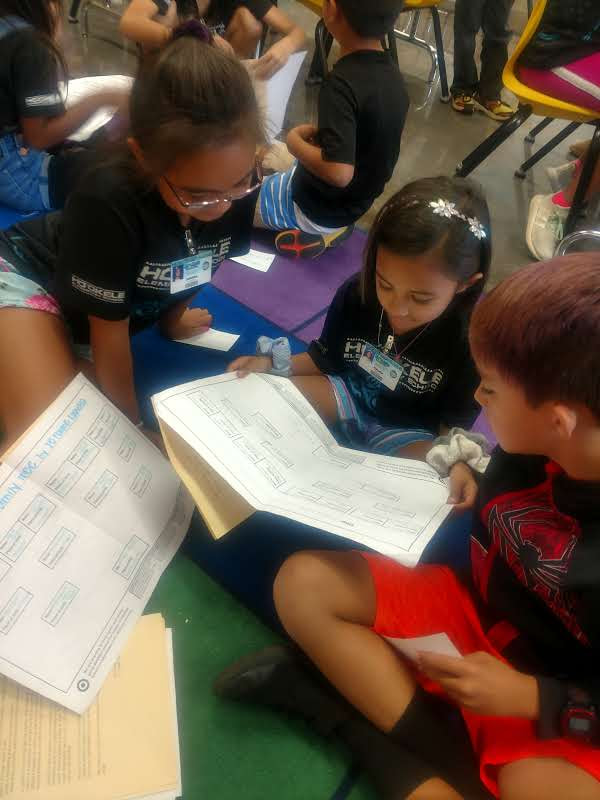
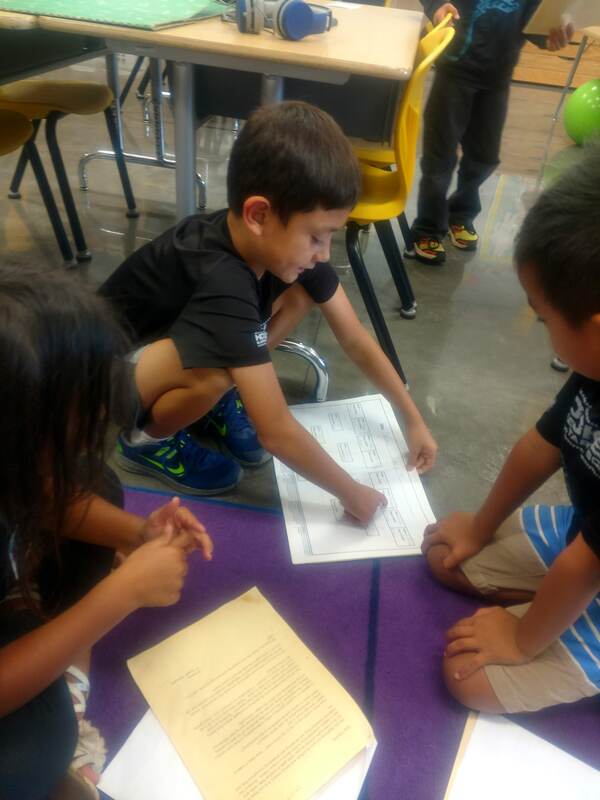
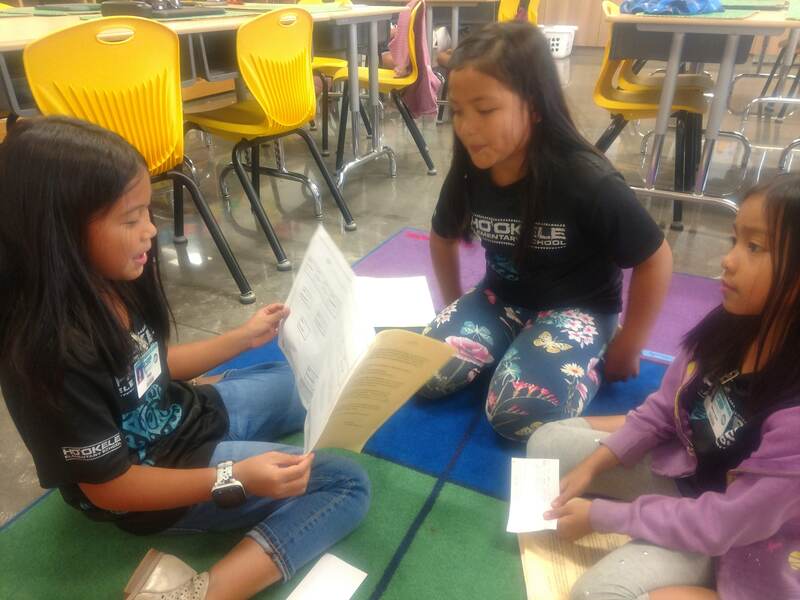
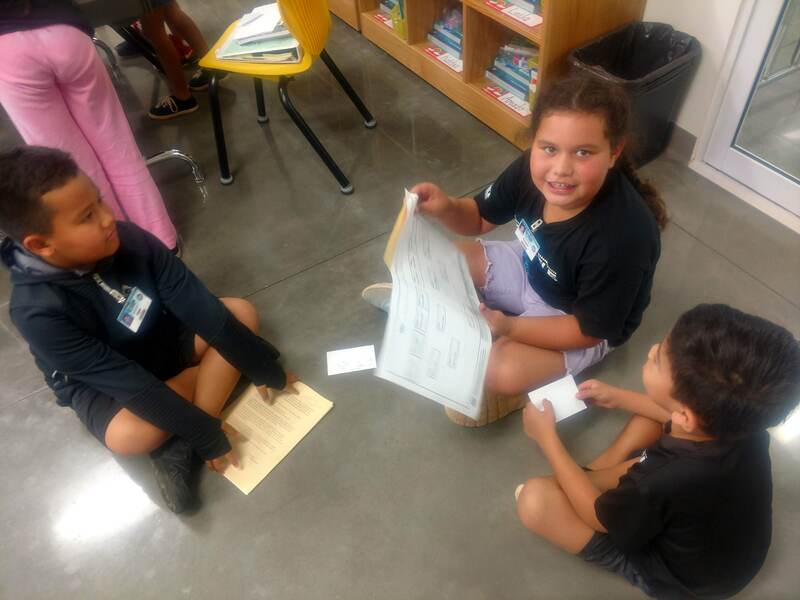
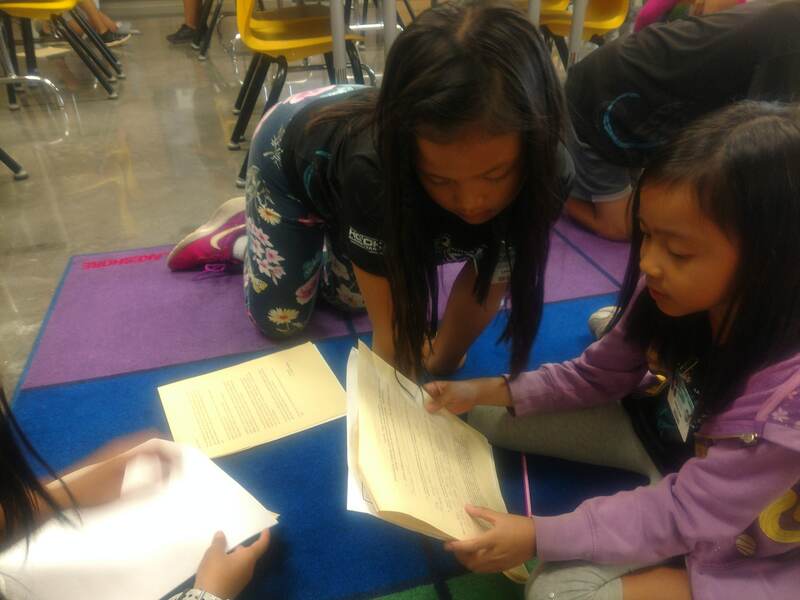
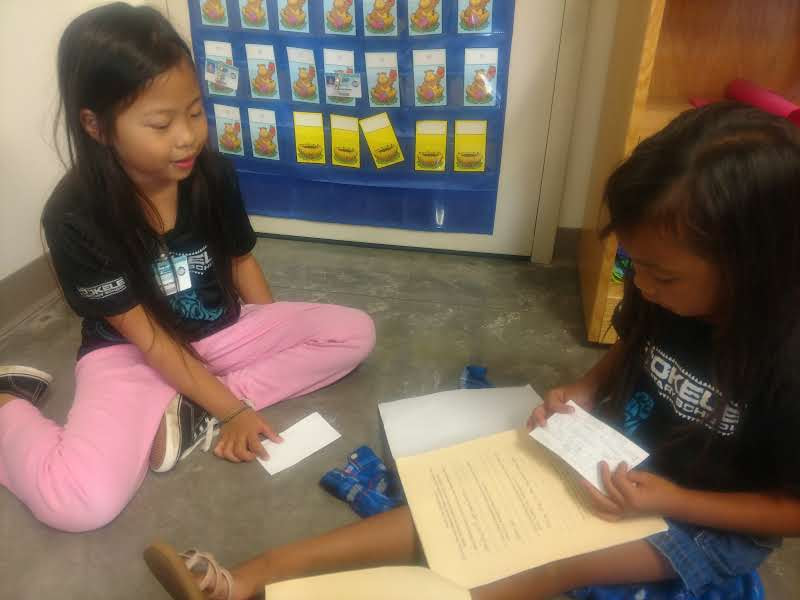
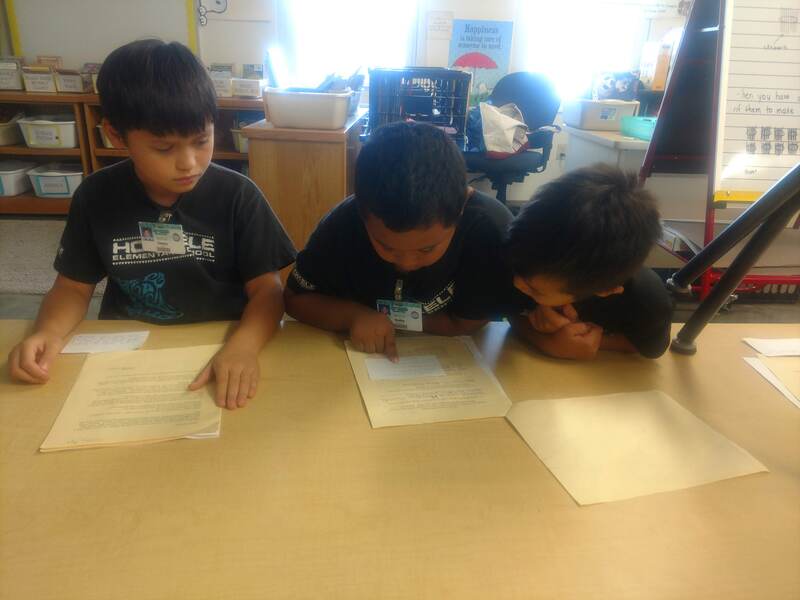
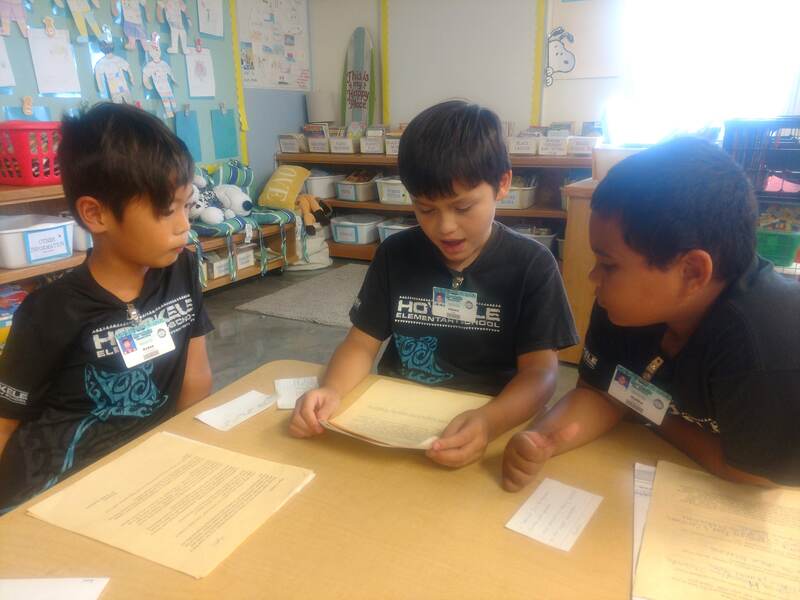
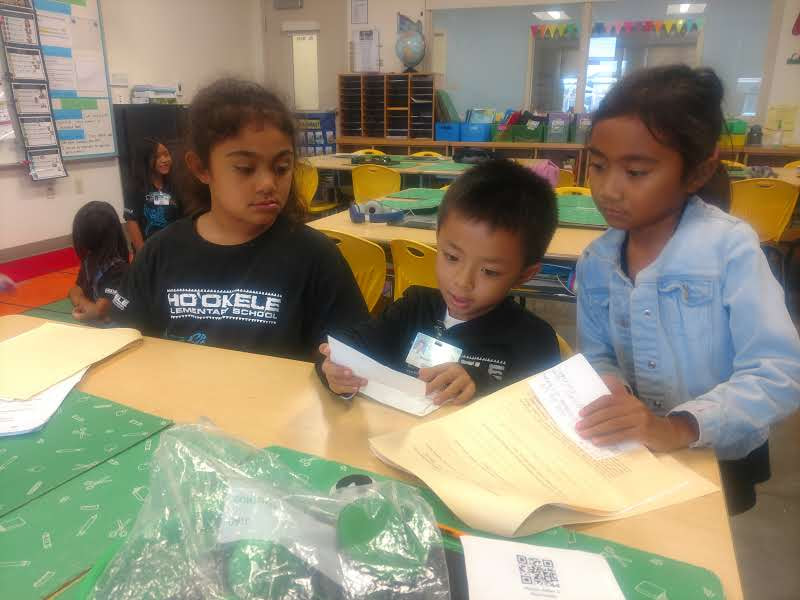
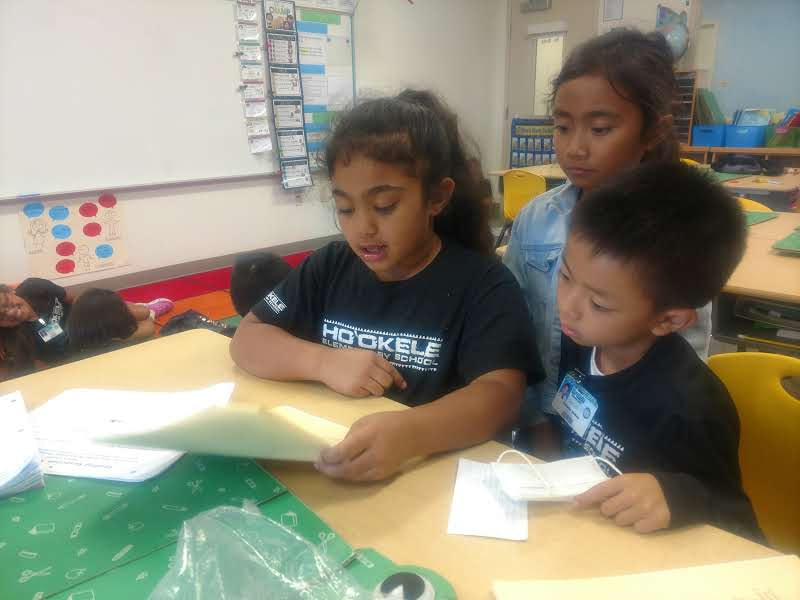
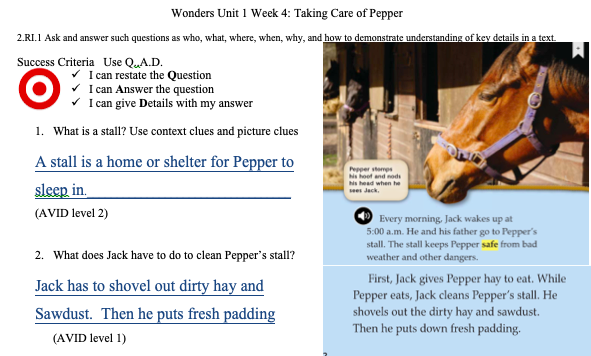
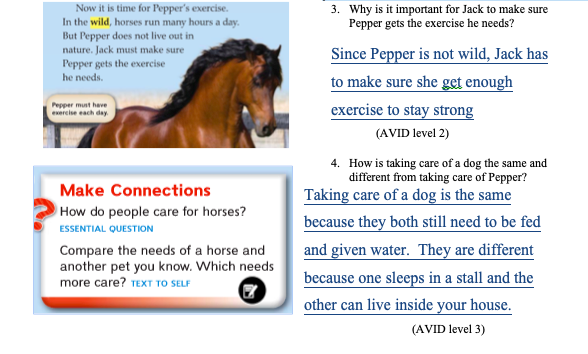
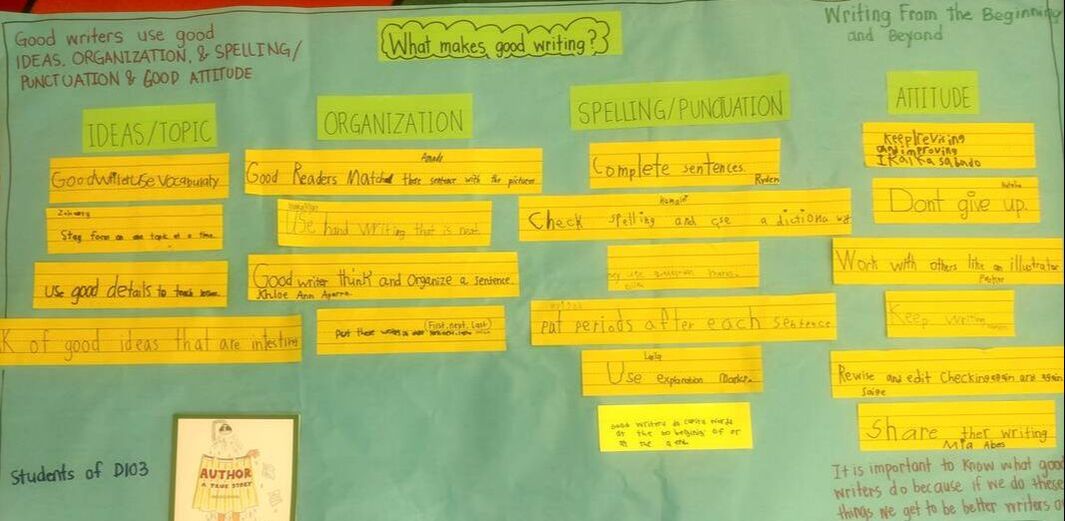
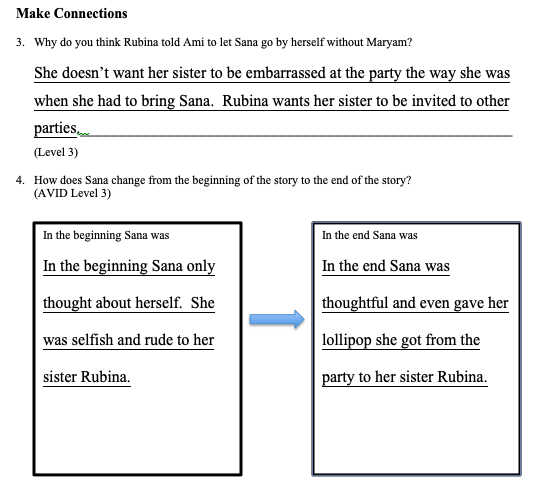
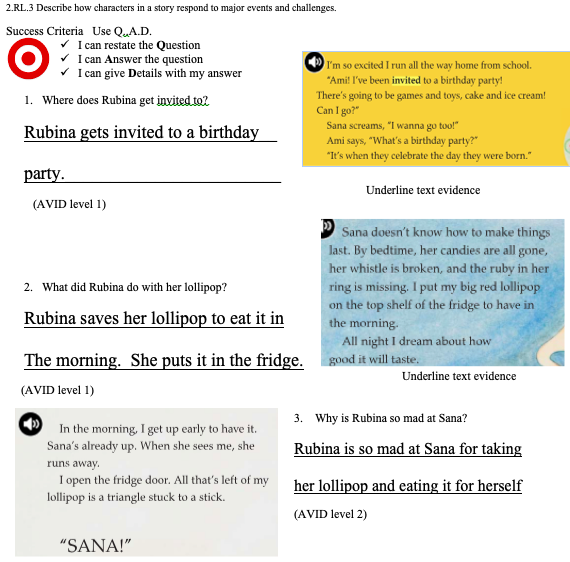
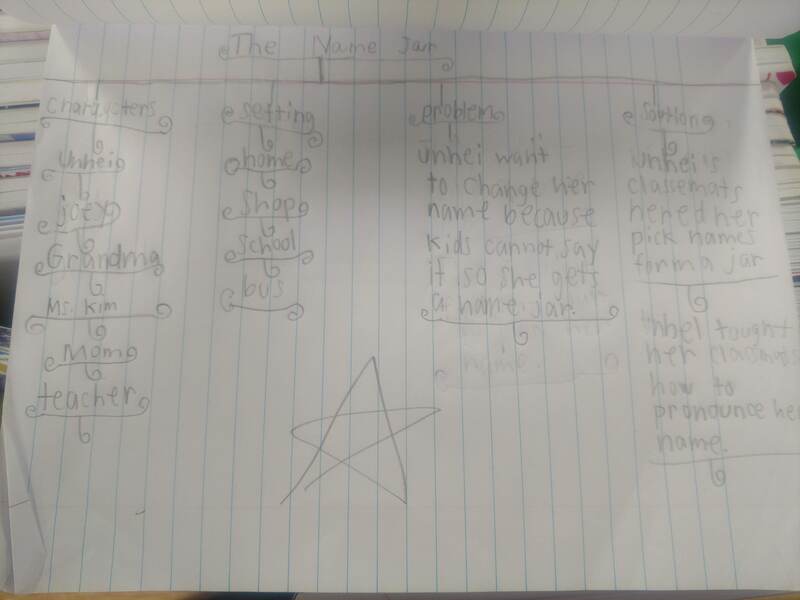
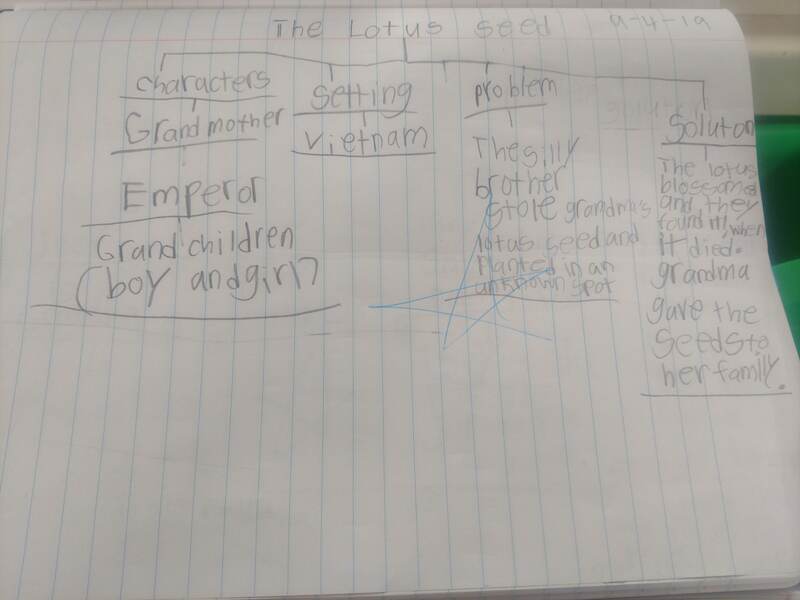
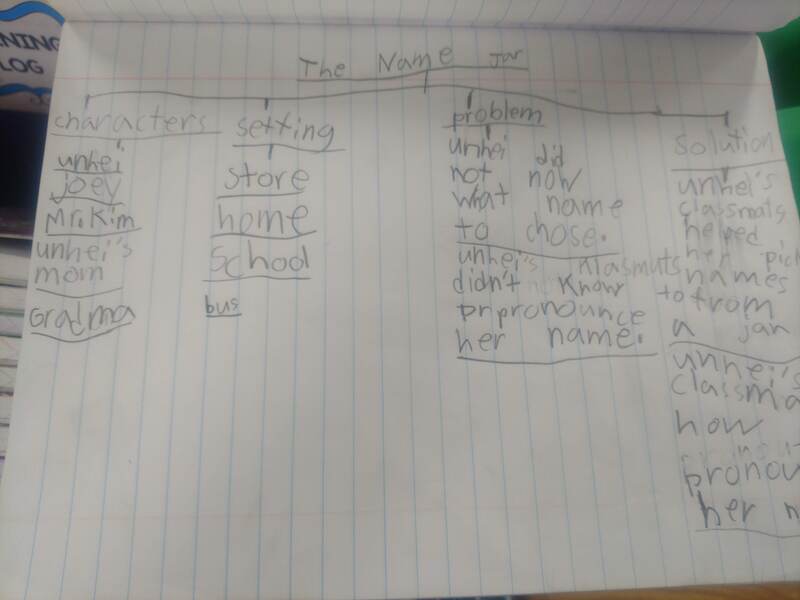

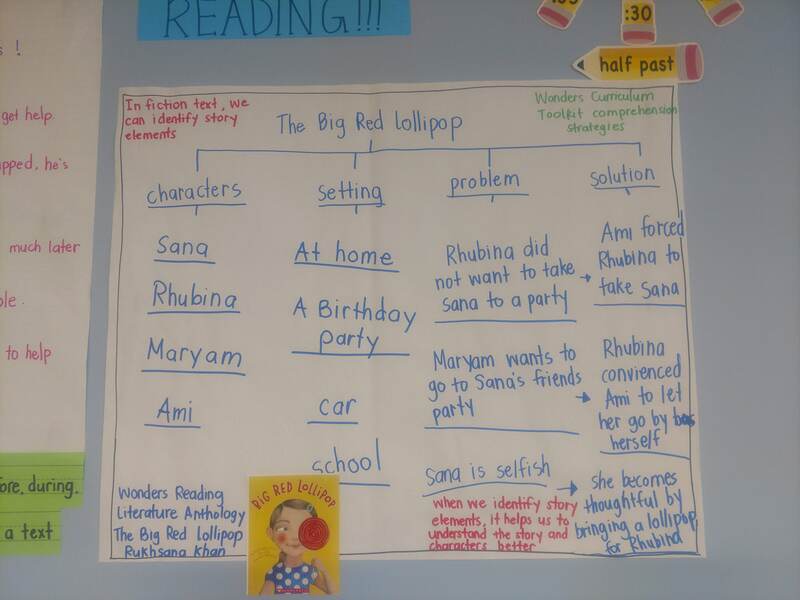
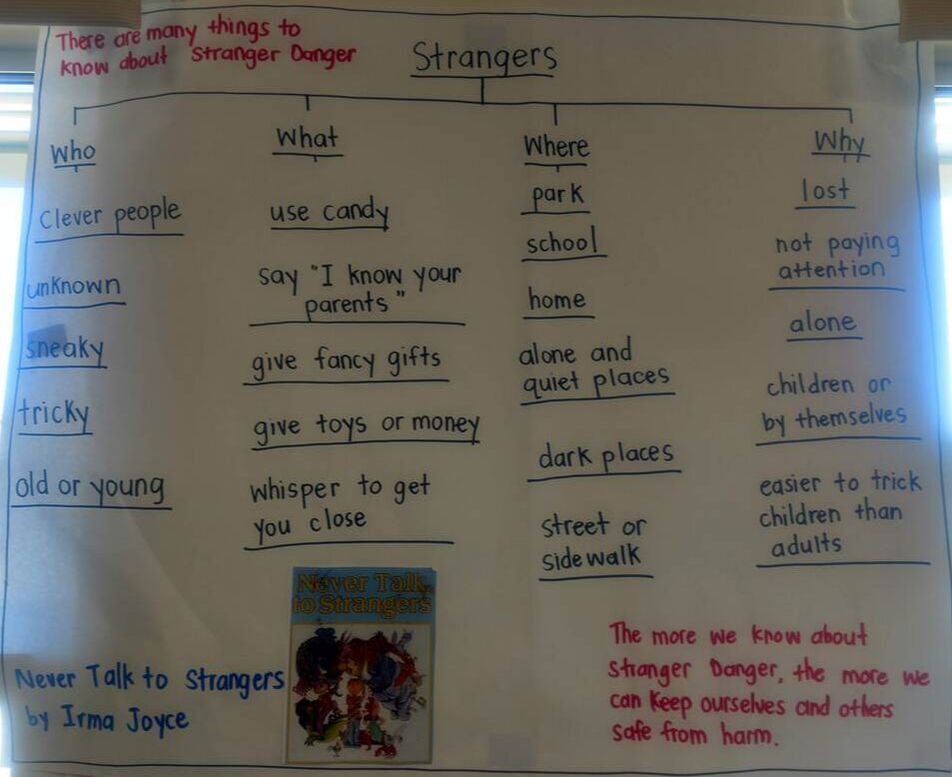
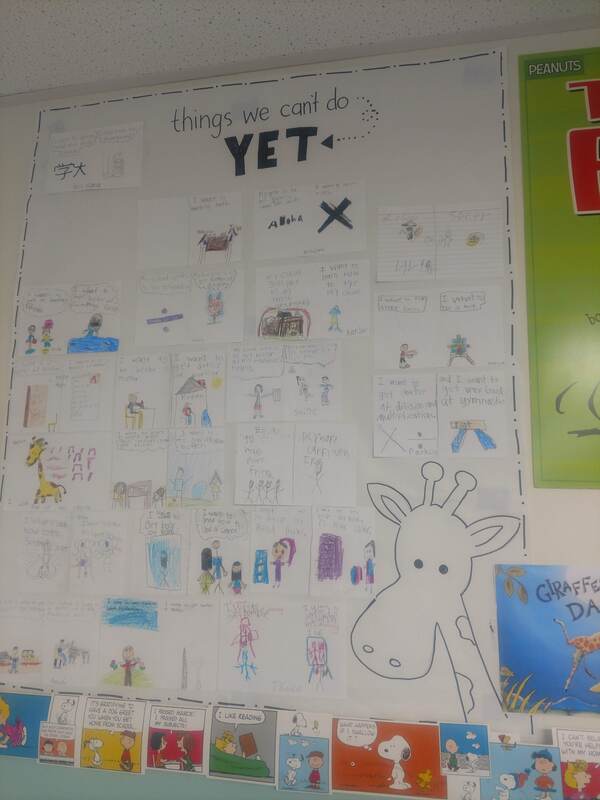
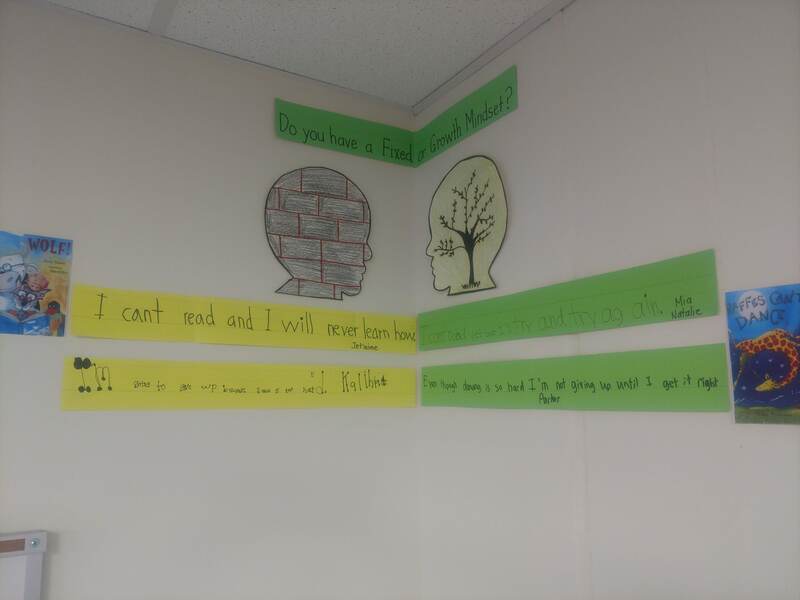
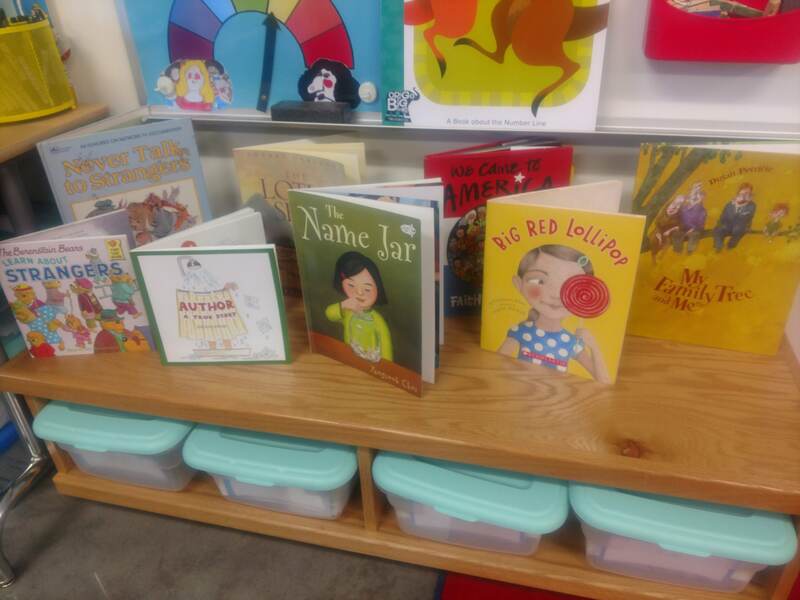
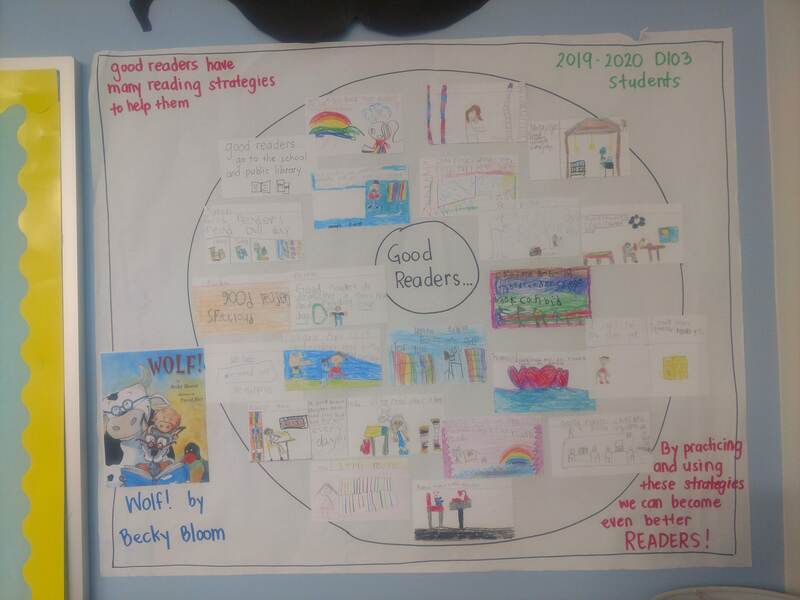
 RSS Feed
RSS Feed